How to Clean and Maintain Marble and Travertine to Keep Them Looking Brand New
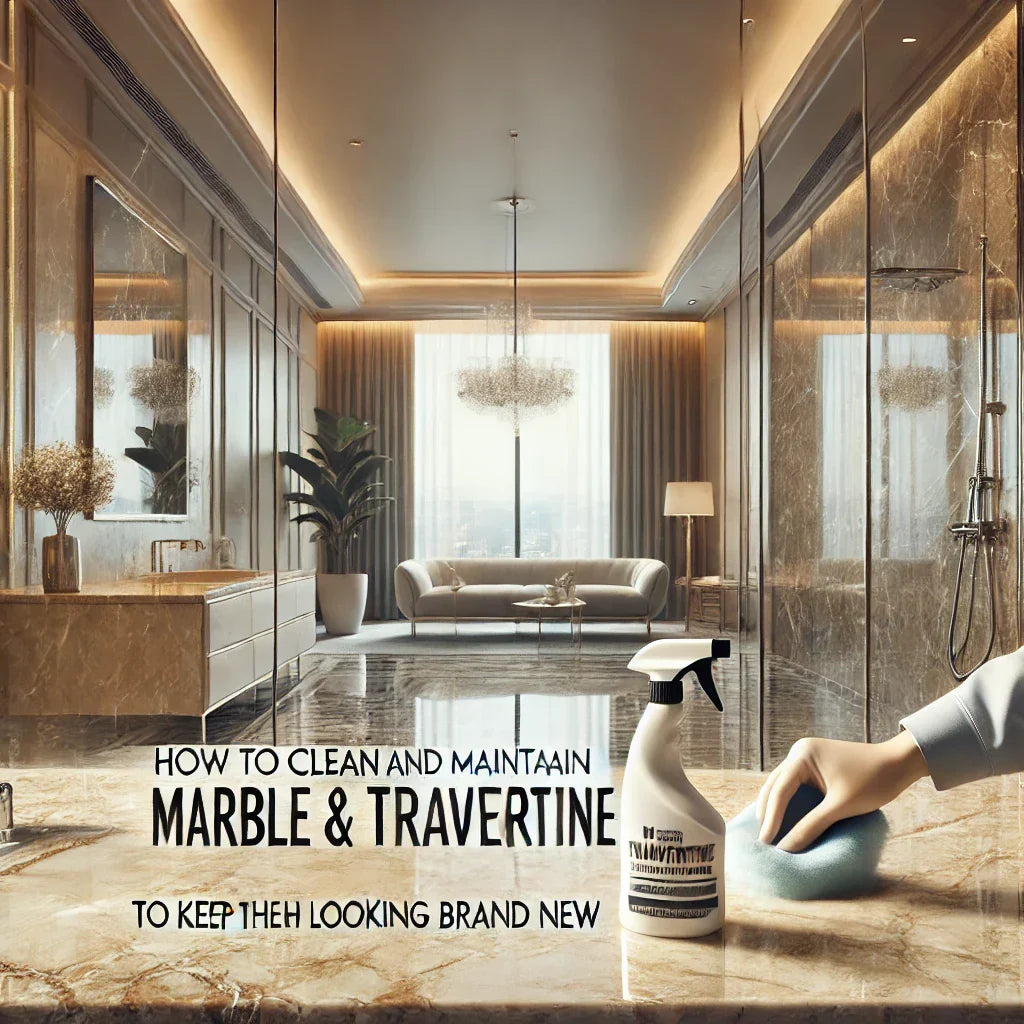
Introduction
Marble and travertine are timeless natural stones that bring elegance and beauty to any space. However, without proper care, they can lose their shine, stain easily, or even suffer damage over time. In this guide, we’ll go over the best ways to clean, maintain, and protect your marble and travertine to ensure they stay in pristine condition for years to come.
1. Understanding the Characteristics of Marble and Travertine
Marble: A Classic Beauty That Requires Care
Marble is known for its luxurious appeal and smooth finish. While highly durable, it is porous and susceptible to staining, scratching, and etching from acidic substances.
Popular Marble Types That Require Proper Maintenance:
-
Thassos White (Greek) Marble – Bright white with minimal veining.
-
Calacatta Gold Marble – Bold veining with gold accents.
-
Carrara White Marble – Classic soft white with gray veining.
-
Emperador Dark Marble – Deep brown with intricate veins.
-
Rojo Alicante Marble – Rich red hues with white streaks.
-
Arabescato Marble – Unique veining with high-end appeal.
-
Bardiglio Imperiale Marble – Sophisticated gray-blue with strong veining.
Travertine: A Natural, Rustic Alternative
Travertine has a textured, porous surface that provides a warm and inviting look. It is often used in outdoor settings, bathrooms, and pool decks but needs sealing to prevent moisture absorption.
Popular Travertine Types That Need Maintenance:
-
Ivory Light Travertine – Soft beige with warm undertones.
-
Noce Travertine – Rich brown with a rustic appeal.
-
Scabos Travertine – Multi-toned with a vibrant mix of colors.
-
Silver Travertine – Subtle gray hues for a modern look.
2. How to Clean Marble and Travertine the Right Way
Daily Cleaning Routine
-
Use a soft microfiber cloth or mop for dusting.
-
Wipe spills immediately to prevent staining.
-
Use pH-neutral stone cleaners; avoid vinegar, lemon, or acidic substances.
Deep Cleaning Methods
-
Mix warm water with a mild stone-safe detergent for occasional deep cleaning.
-
Use a soft-bristled brush for textured travertine surfaces.
-
Rinse with clean water and dry immediately to prevent water stains.
3. How to Remove Stains from Marble and Travertine
For Oil-Based Stains (Grease, Cooking Oil, Makeup)
-
Use a baking soda and water poultice; let it sit for 24 hours before rinsing.
For Wine, Coffee, or Juice Stains
-
Mix hydrogen peroxide with a few drops of ammonia and apply it to the stain.
For Water Stains and Etching
-
Use marble polishing powder and a soft cloth to buff out etching.
4. Sealing and Protecting Marble and Travertine
Why Sealing Is Important
Since marble and travertine are porous, sealing helps protect them from stains, moisture, and wear.
How to Apply a Sealant
-
Choose a high-quality penetrating stone sealer.
-
Clean the surface thoroughly before application.
-
Apply the sealer evenly using a soft cloth or sponge.
-
Let it absorb and wipe off excess sealer.
-
Reapply every 6-12 months for high-traffic areas.
5. Preventative Care Tips for Long-Lasting Beauty
Do’s:
✅ Use coasters under drinks to prevent etching. ✅ Place rugs and mats in high-traffic areas. ✅ Wipe up spills immediately. ✅ Use non-acidic cleaners for daily care.
Don’ts:
❌ Never use vinegar, lemon, or bleach. ❌ Avoid harsh scrubbing pads or steel wool. ❌ Don’t leave standing water on the surface. ❌ Avoid heavy furniture directly on marble flooring.
6. Frequently Asked Questions (FAQs)
Q1: How often should I seal my marble or travertine?
A: It depends on the usage, but for high-traffic areas, sealing should be done every 6-12 months.
Q2: Can I use regular household cleaners on marble or travertine?
A: No, only pH-neutral stone cleaners should be used. Acidic cleaners can damage the surface.
Q3: What’s the best way to clean a marble shower?
A: Use a squeegee after each shower to prevent water spots, and clean weekly with a mild stone-safe cleaner.
Q4: How can I remove hard water stains from marble?
A: Use a mixture of baking soda and water, let it sit, then buff gently.
Q5: Can I place hot pots or pans on marble surfaces?
A: It’s best to use trivets or heat pads to prevent potential heat damage or discoloration.
Q6: What should I do if my marble is scratched?
A: For minor scratches, use a marble polishing powder and buff with a soft cloth.
Q7: Will sealing completely prevent stains?
A: Sealing helps, but spills should still be wiped up immediately to prevent absorption.
Q8: Can I use steam cleaners on travertine?
A: No, excessive moisture can weaken the stone and cause damage.
Q9: How do I clean mold or mildew in marble showers?
A: Mix hydrogen peroxide with water and apply it to affected areas.
Q10: What’s the best mop for cleaning marble and travertine floors?
A: A microfiber mop with a gentle stone-safe cleaner is ideal.
7. Conclusion
Marble and travertine are beautiful natural stones that require proper maintenance to retain their elegance. Regular cleaning with pH-neutral products, immediate stain removal, and periodic sealing will keep them looking brand new for years. Whether you have a luxurious Calacatta Gold Marble floor or a rustic Noce Travertine patio, following these care tips will help maintain their pristine appearance.
By investing in the right maintenance routine, you can enjoy the timeless beauty of natural stone without worry. Ready to keep your marble and travertine in perfect condition? Start implementing these cleaning and protection methods today!

 Best Selling Marble Collections
Best Selling Marble Collections
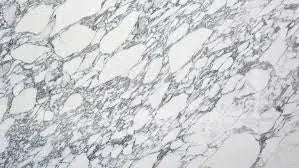 Arabescato Corchia
Arabescato Corchia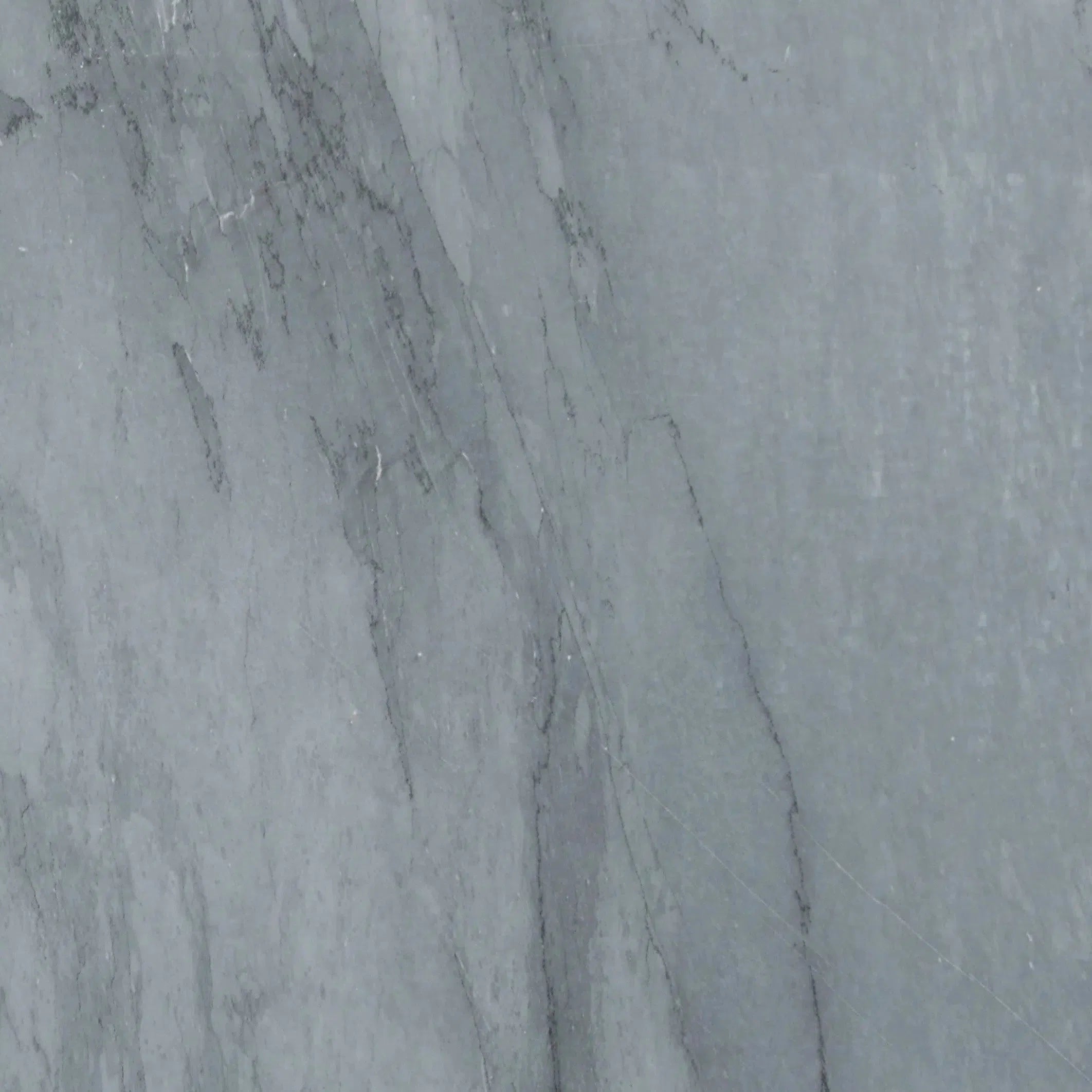 Bardiglio
Bardiglio Bianco Dolomite
Bianco Dolomite 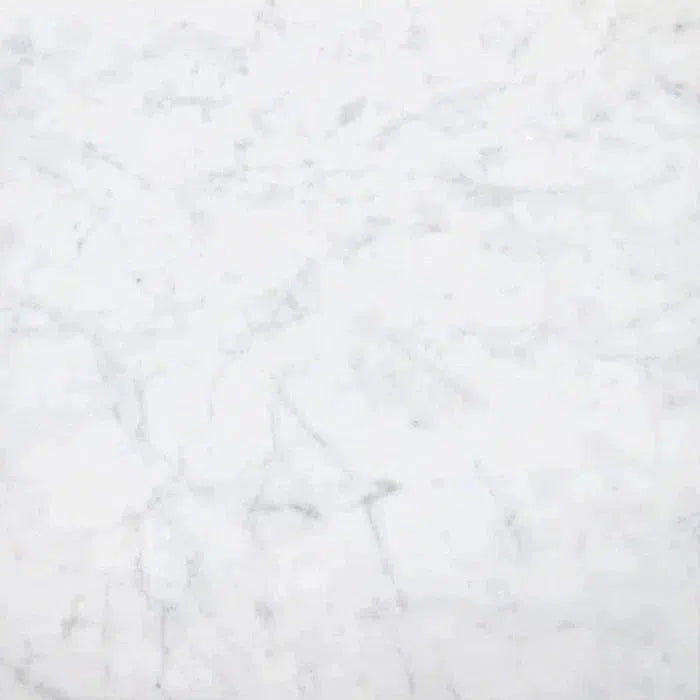 Carrara White
Carrara White 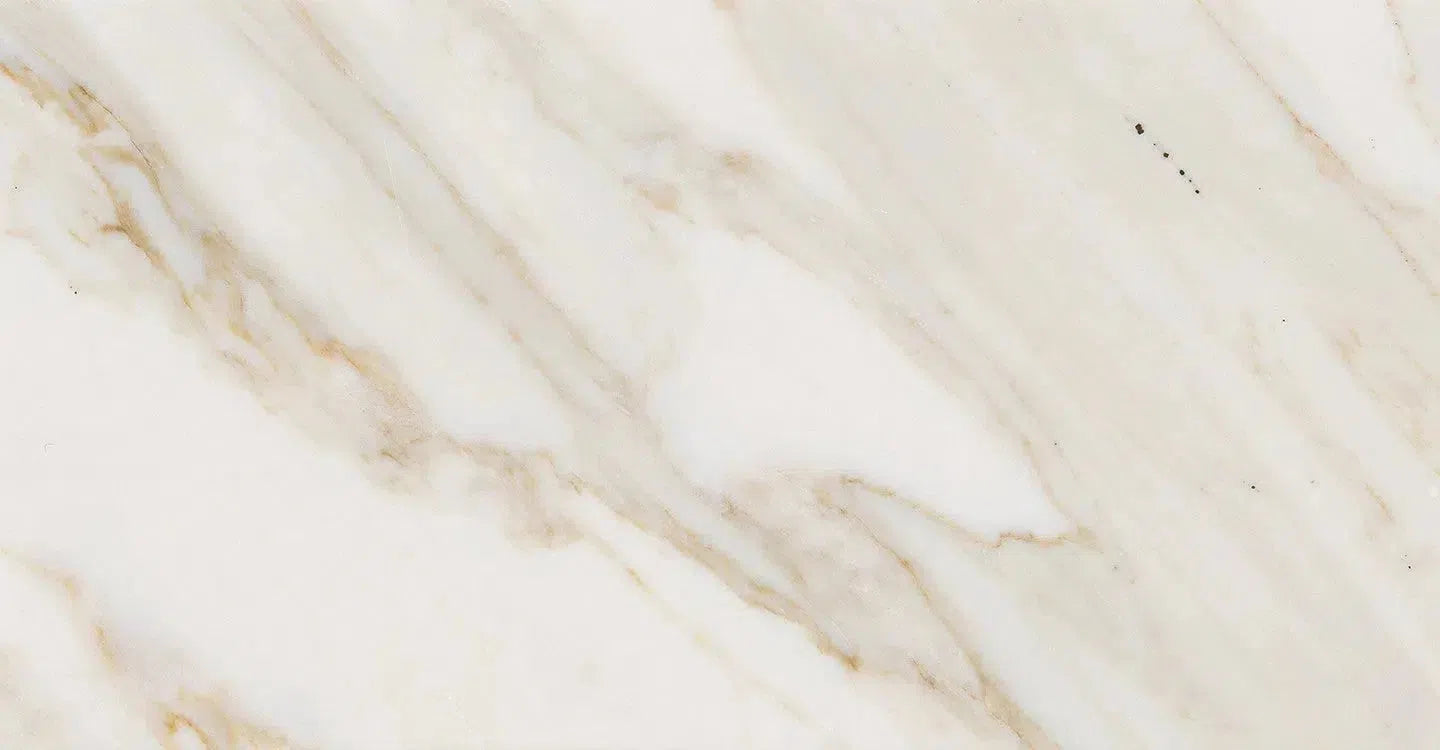 Calacatta Gold
Calacatta Gold Crema Marfil
Crema Marfil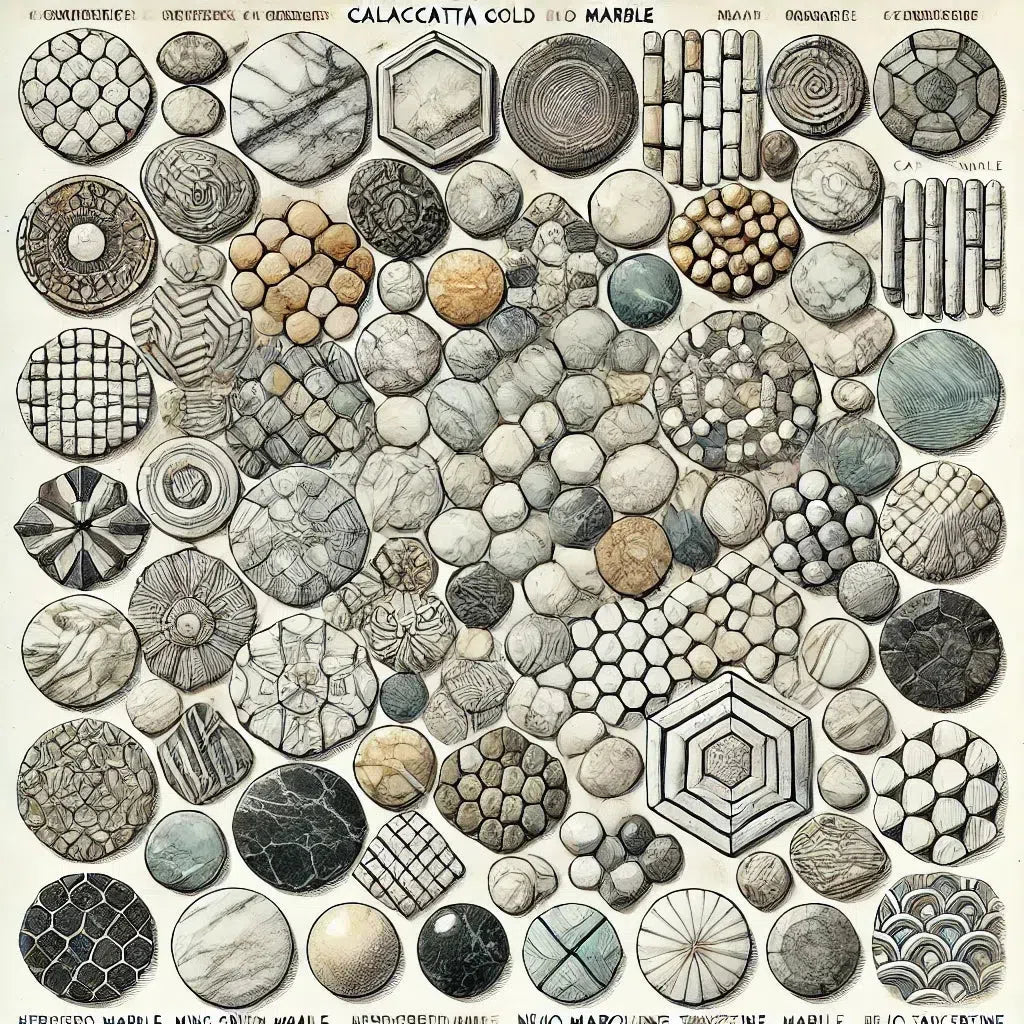 Custom Made Mosaic
Custom Made Mosaic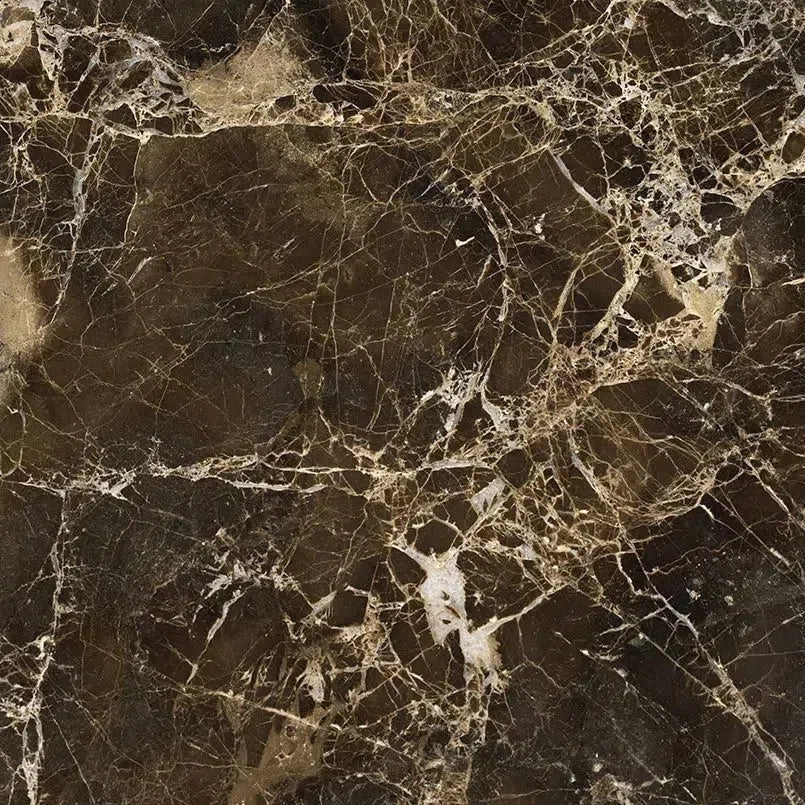 Emperador Dark
Emperador Dark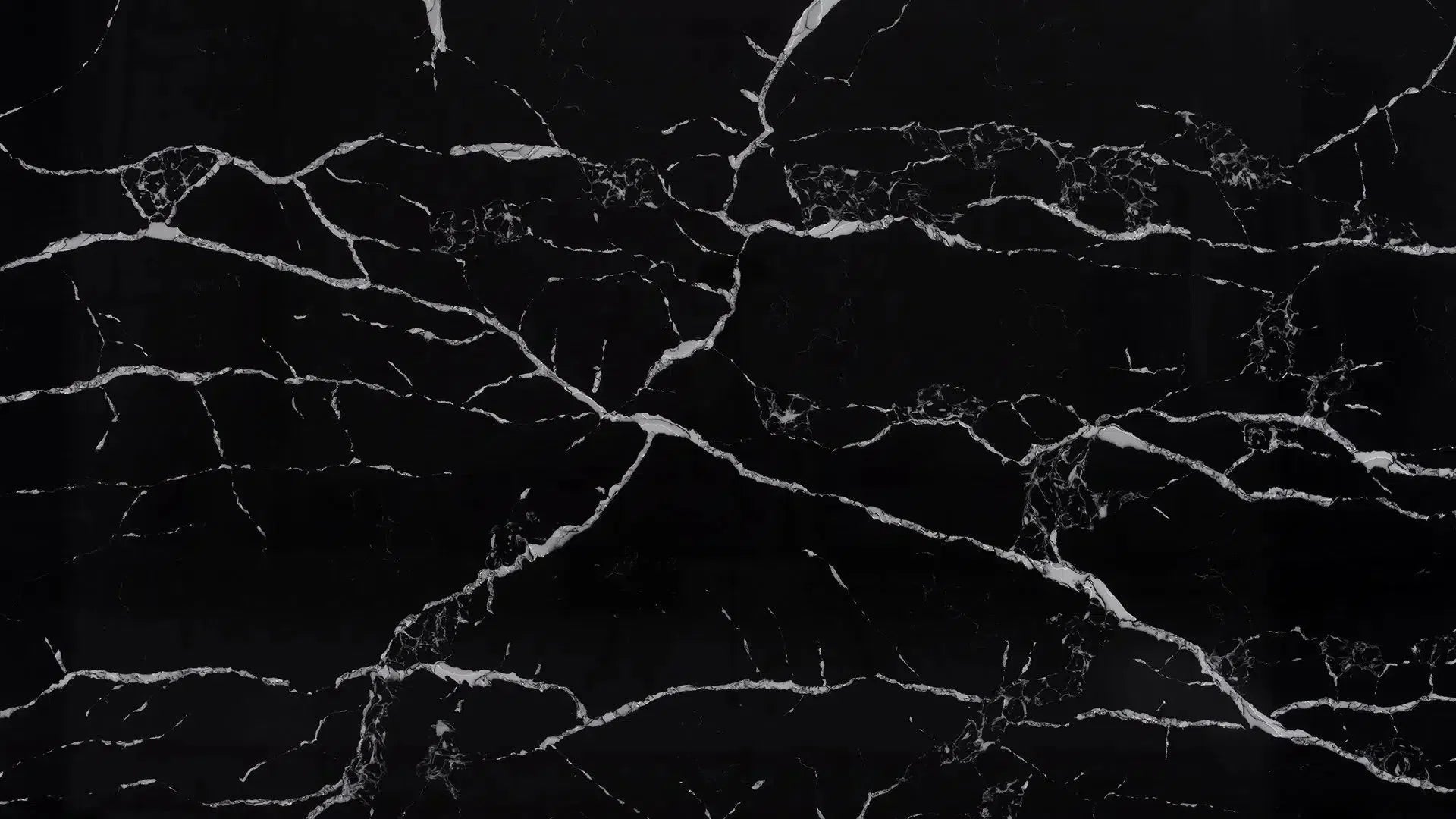 Nero Marquina
Nero Marquina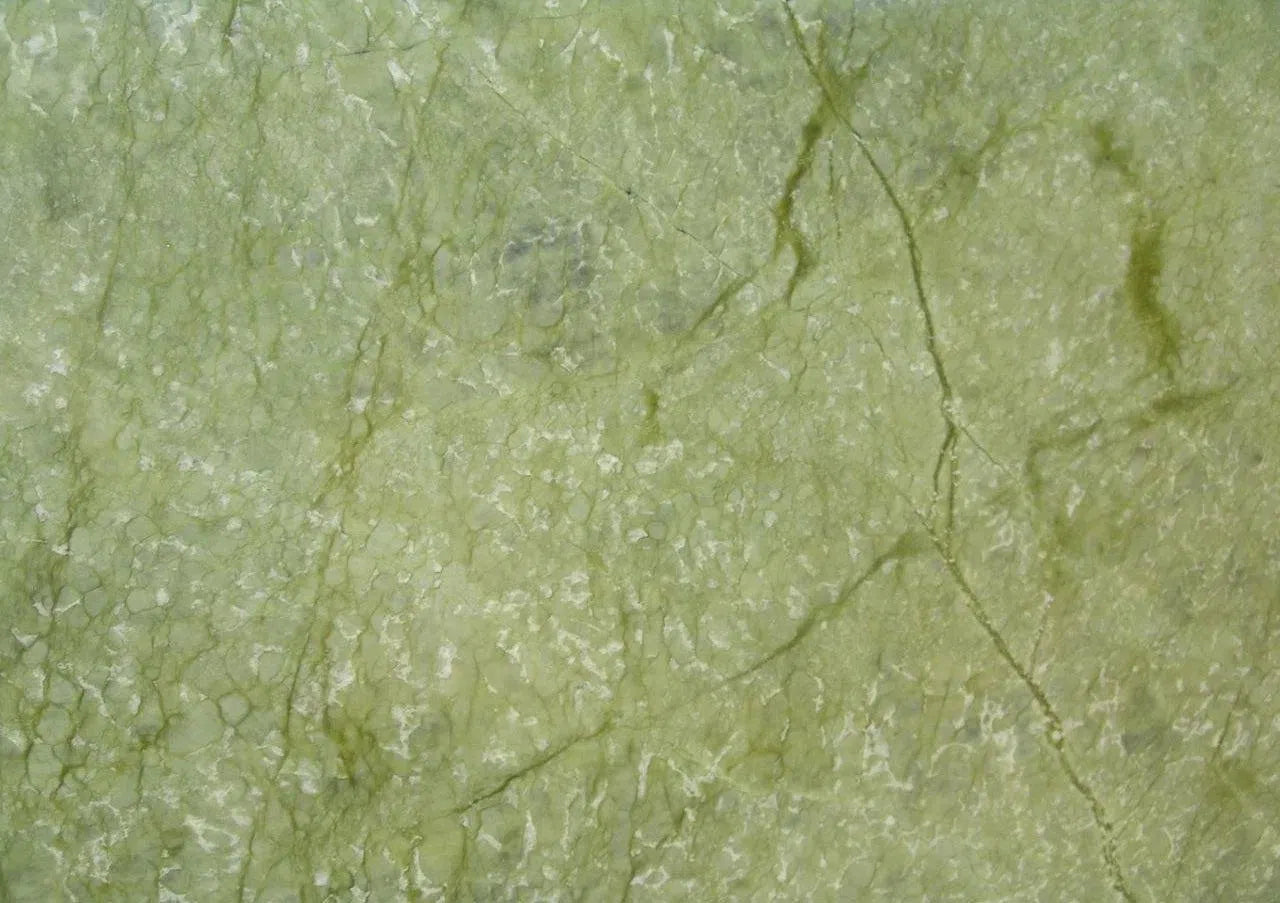 Ming Green Marble
Ming Green Marble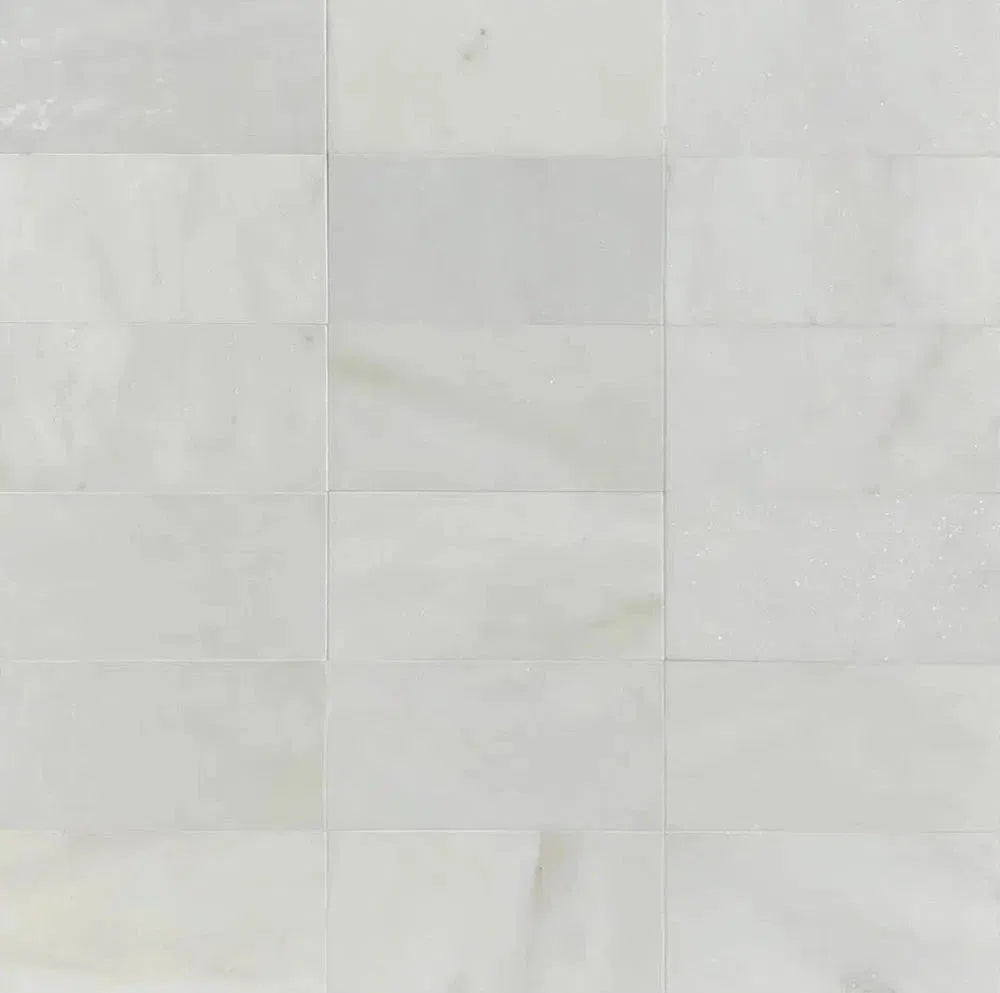 Oriental White Marble (Asian Statuary Marble)
Oriental White Marble (Asian Statuary Marble)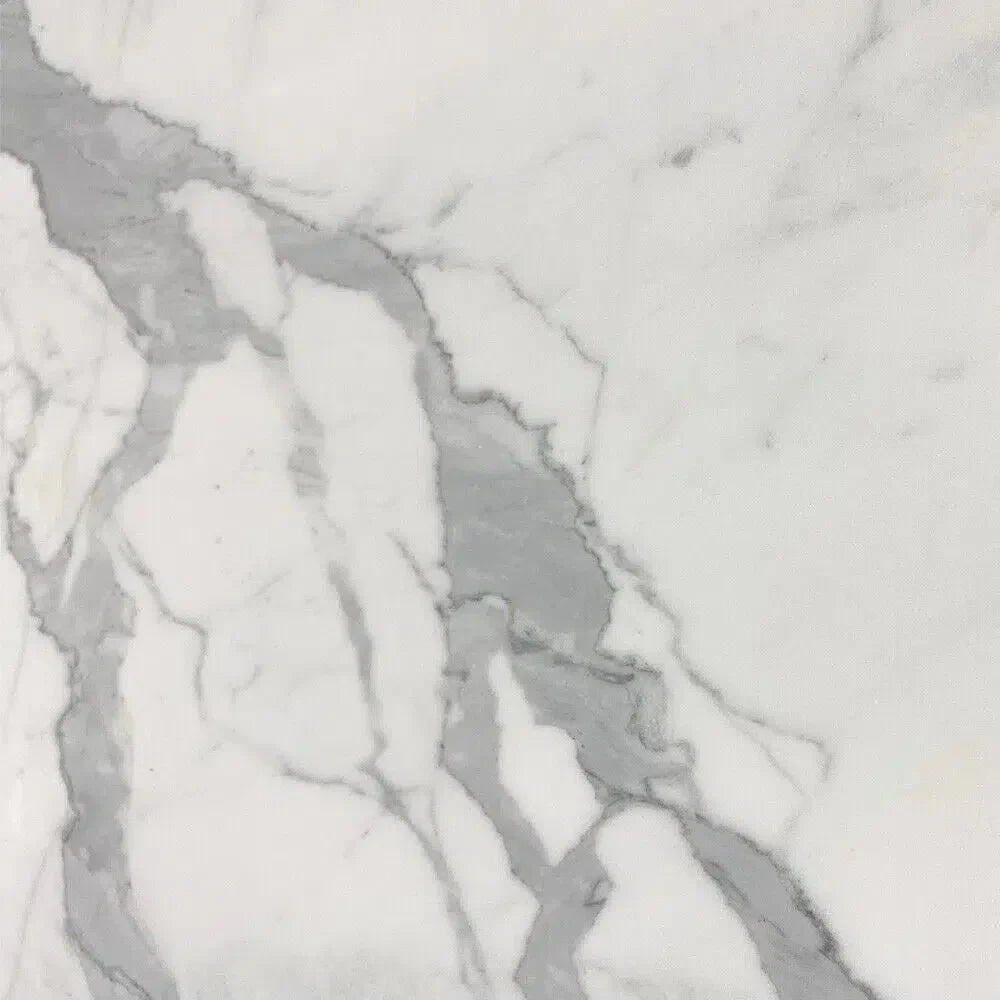 Statuary - Statuario White (Italian) Marble
Statuary - Statuario White (Italian) Marble Thassos White
Thassos White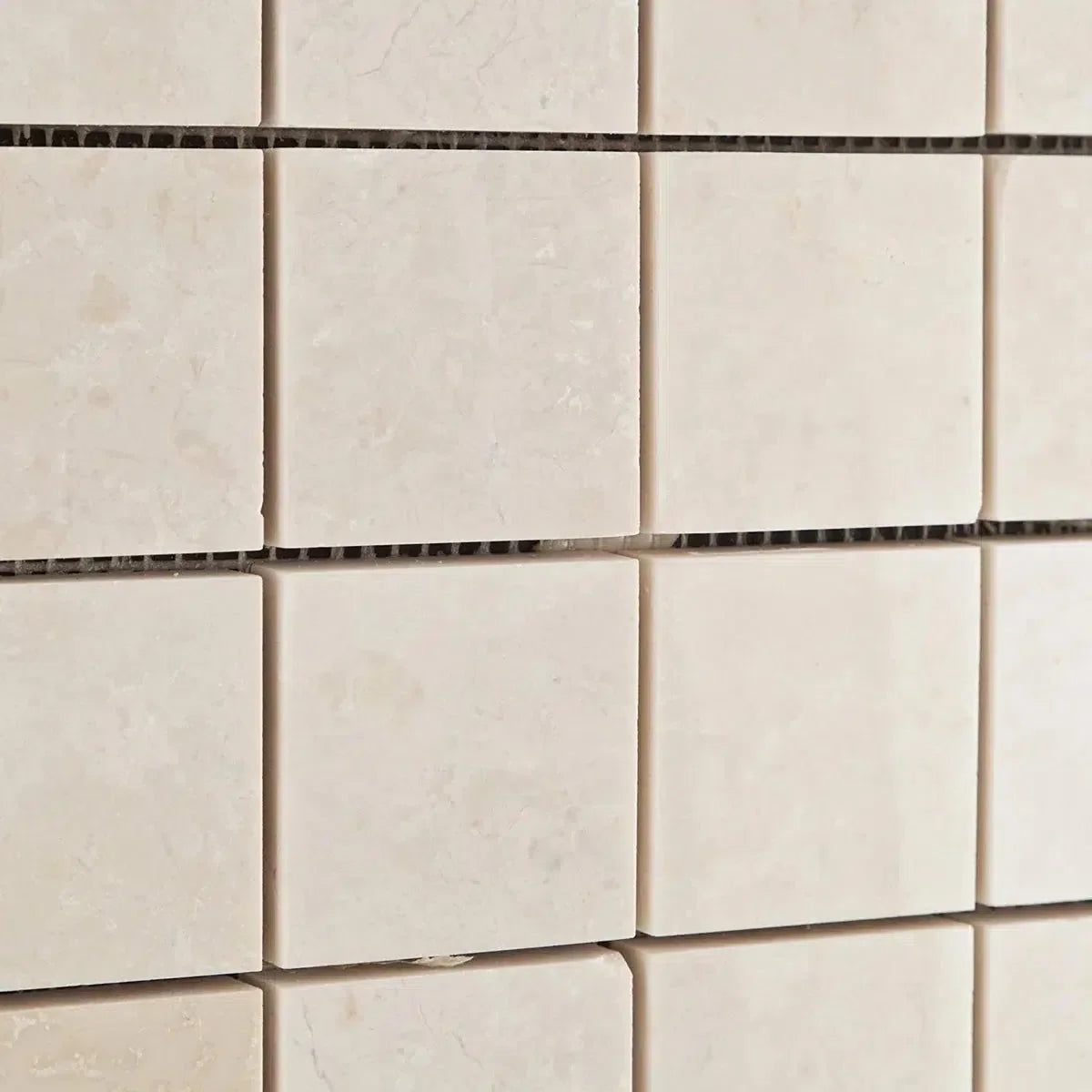 White Pearl/Botticino Beige Marble
White Pearl/Botticino Beige Marble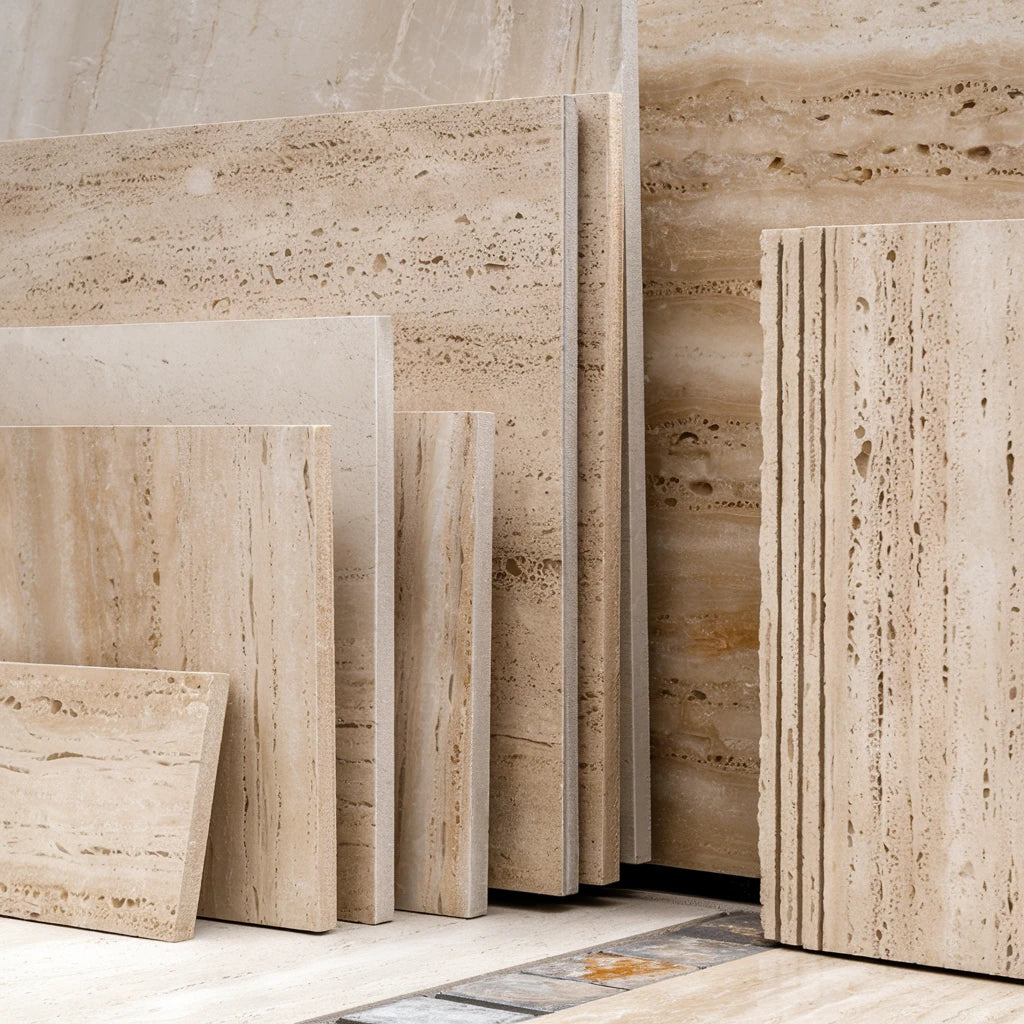 Best Selling Travertine Collections
Best Selling Travertine Collections
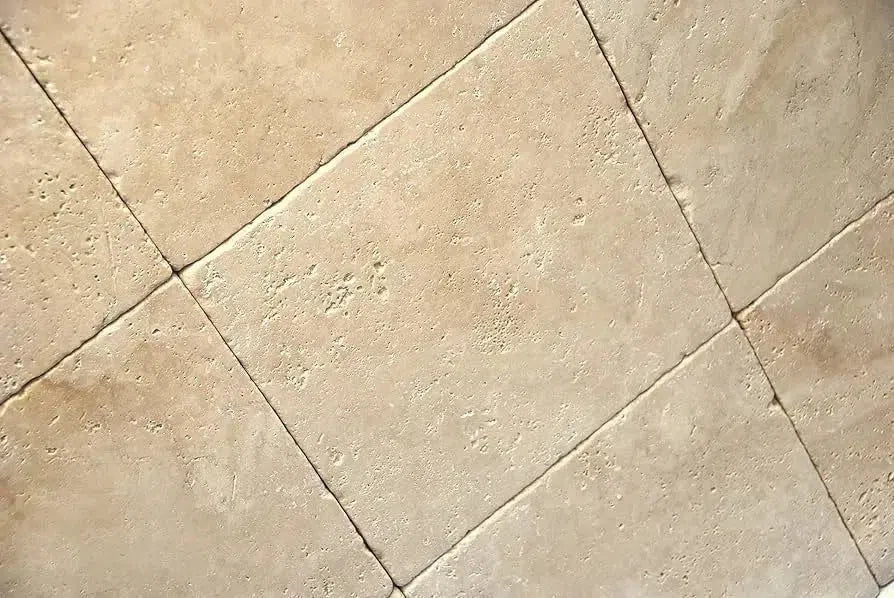 Ivory Travertine
Ivory Travertine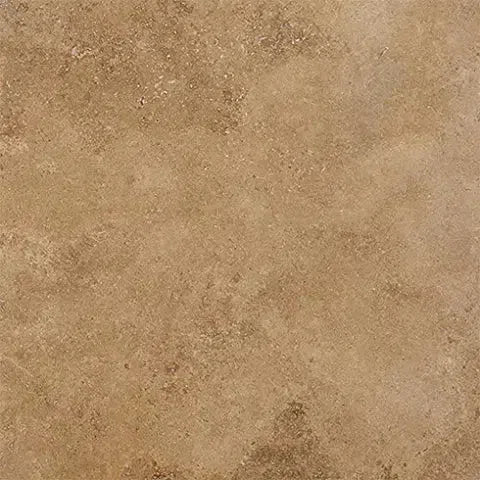 Noce Travertine
Noce Travertine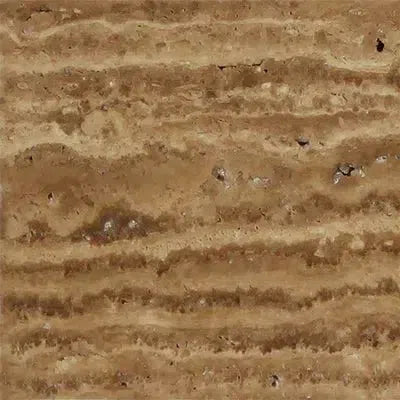 Exotic Noce Travertine
Exotic Noce Travertine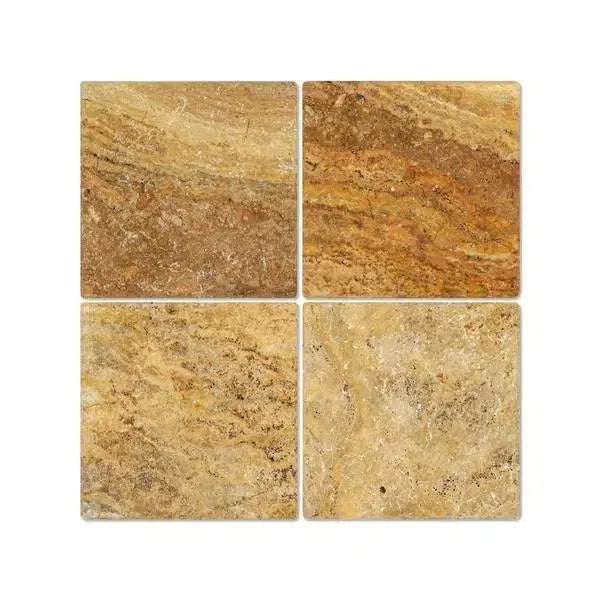 Scabos | Autumn Leaves Travertine
Scabos | Autumn Leaves Travertine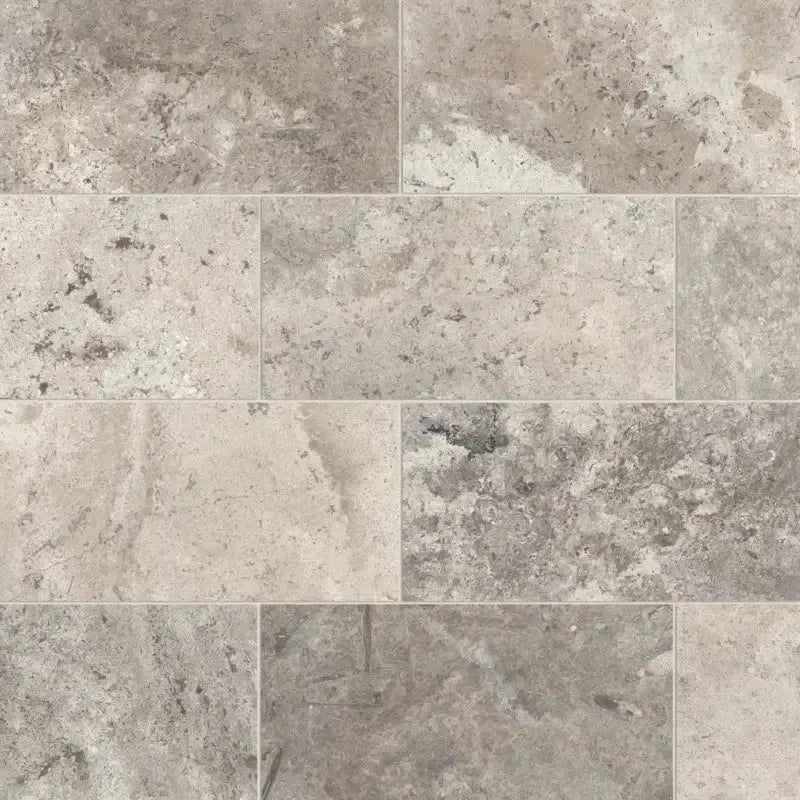 Silver Travertine
Silver Travertine Exotic Travertine
Exotic Travertine Checkerboard
Checkerboard
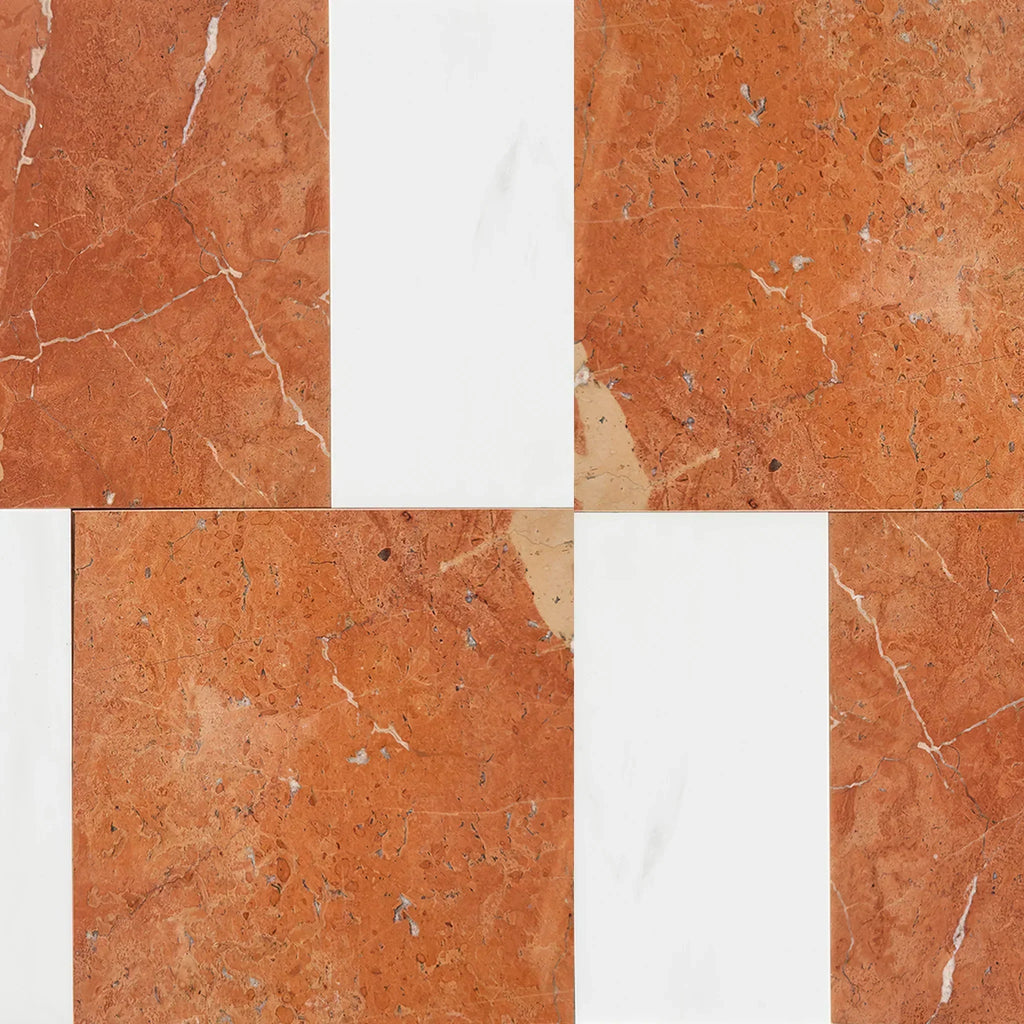 Patterned Tile
Patterned Tile
 Shop By Material
Shop By Material
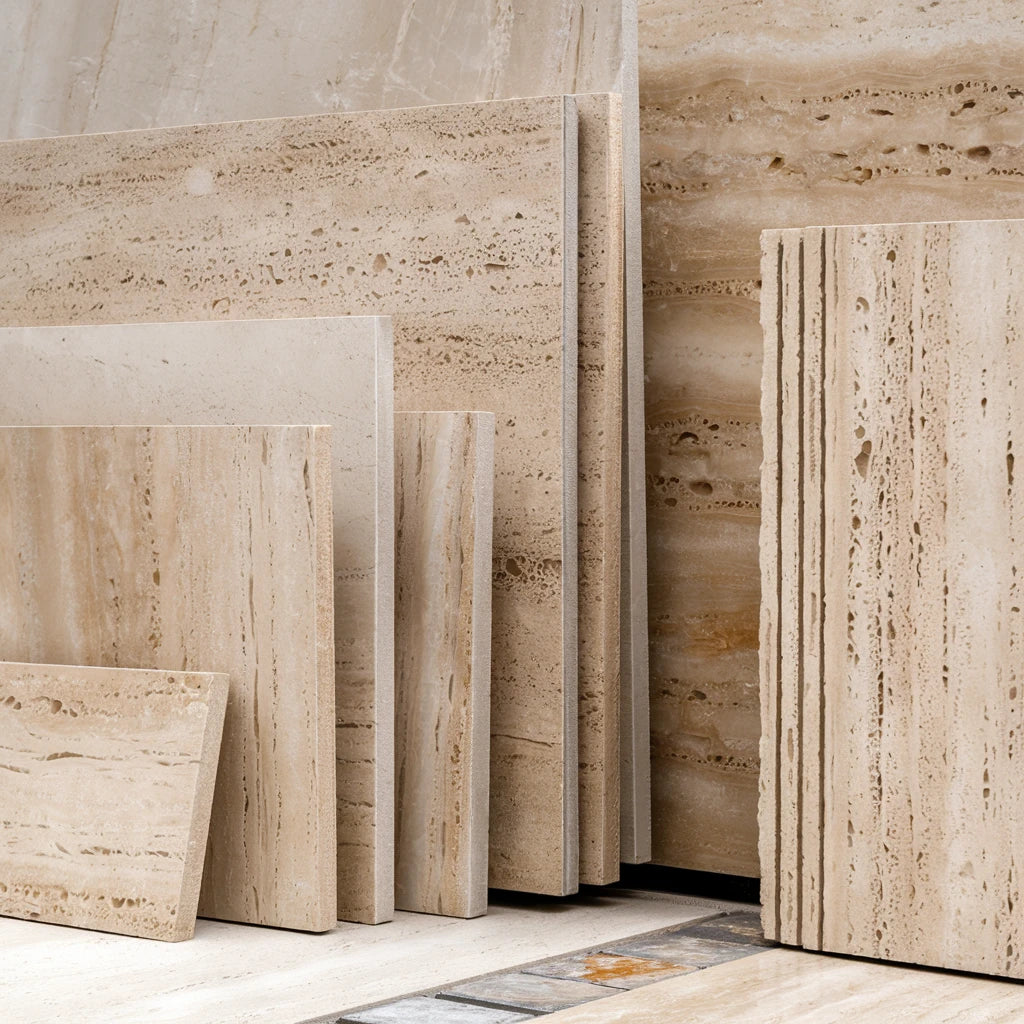 Travertine
Travertine Marble
Marble Limestone
Limestone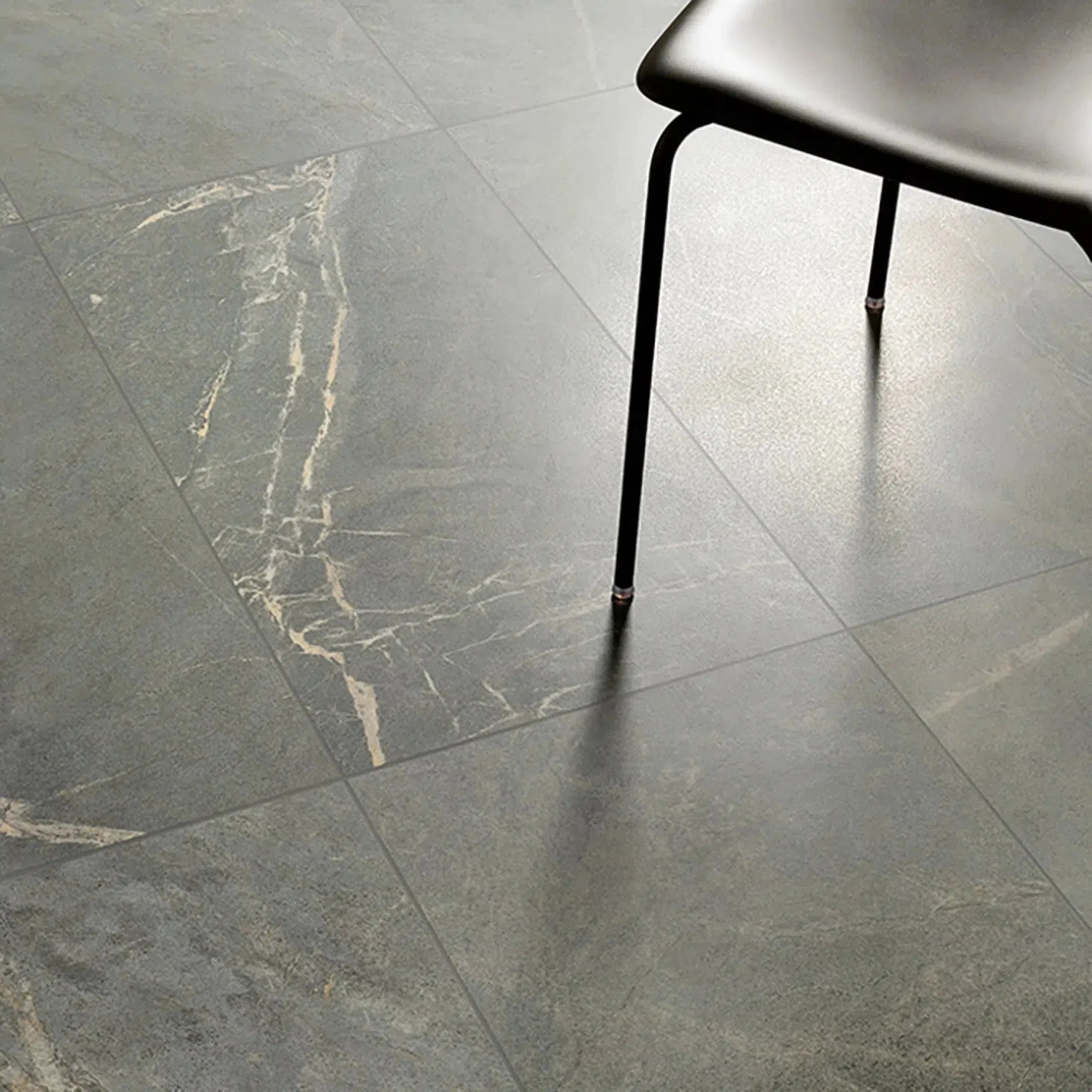 Soap Stone
Soap Stone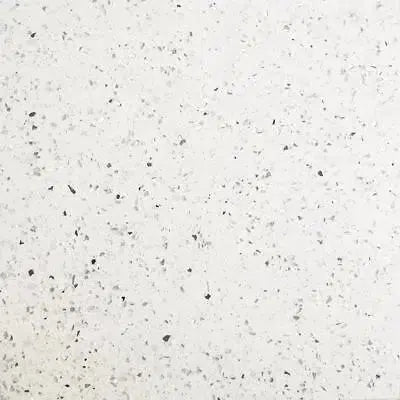 Quartz
Quartz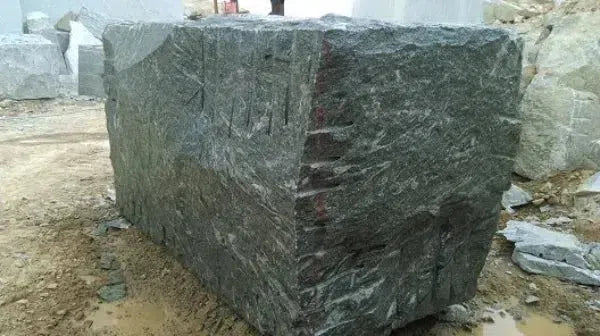 Granite
Granite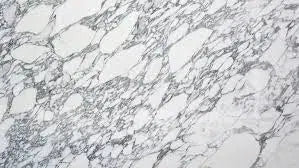 Shop By Name
Shop By Name
 Absolute Black Granite
Absolute Black Granite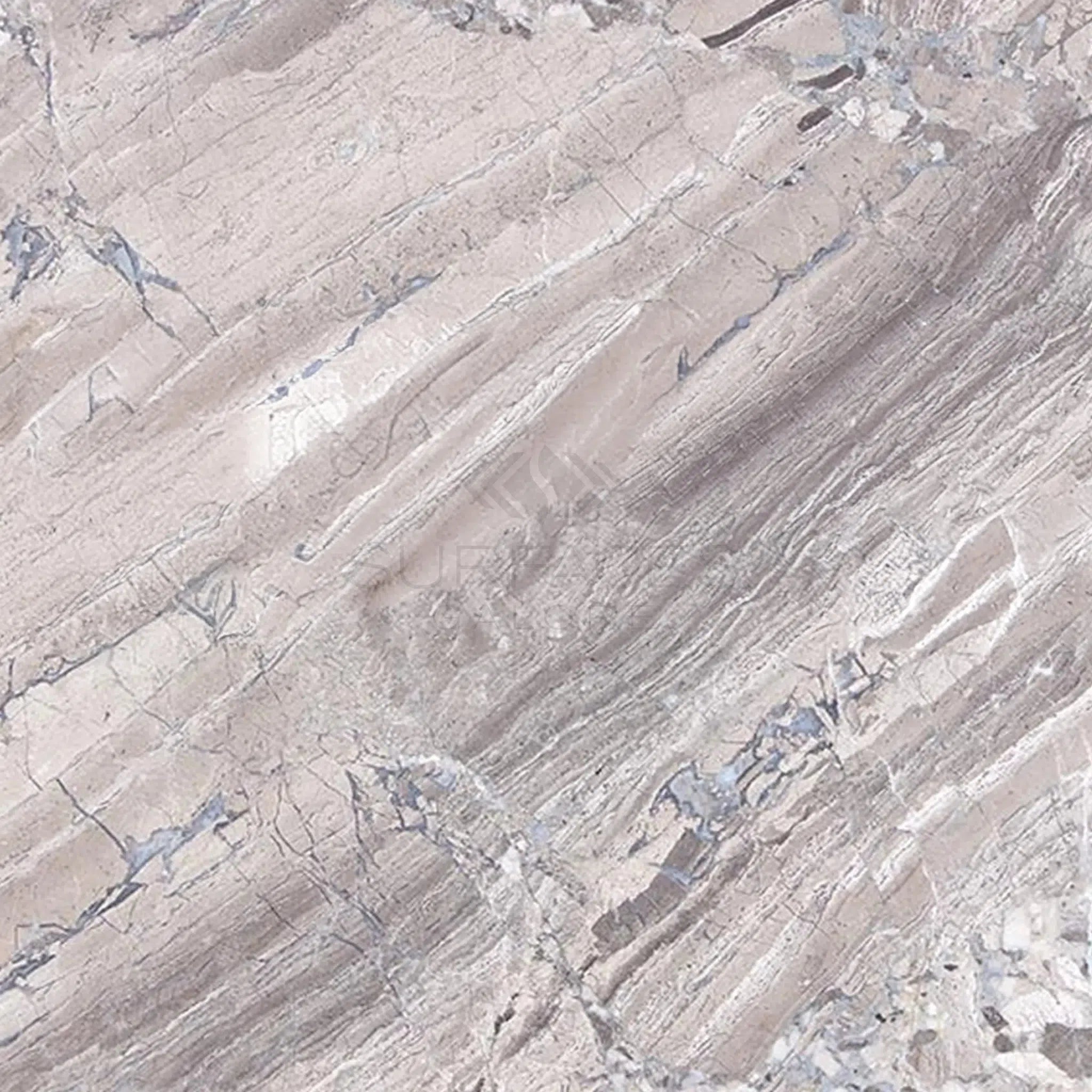 Atlantic Gray Marble
Atlantic Gray Marble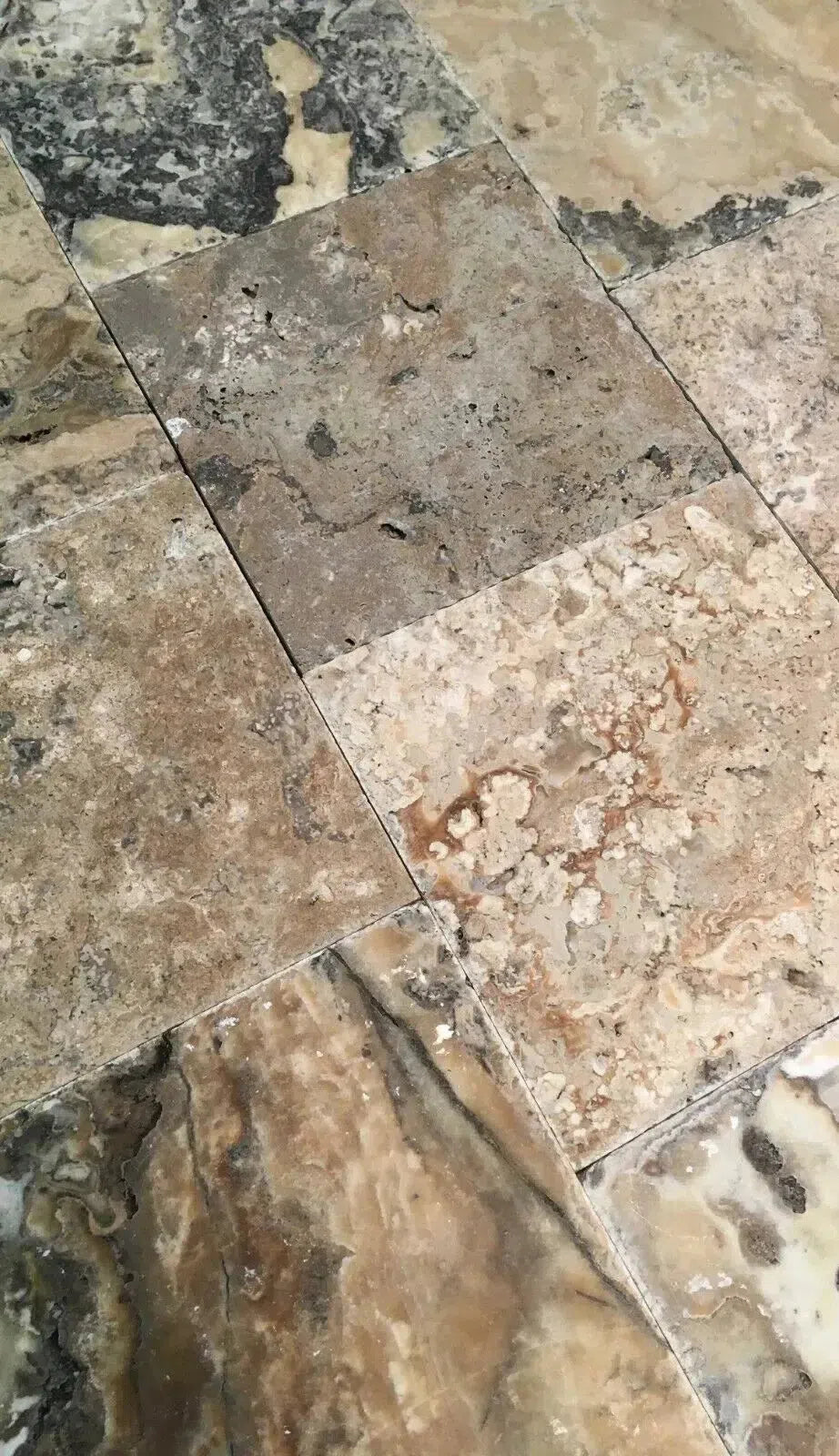 Antico Onyx Travertine
Antico Onyx Travertine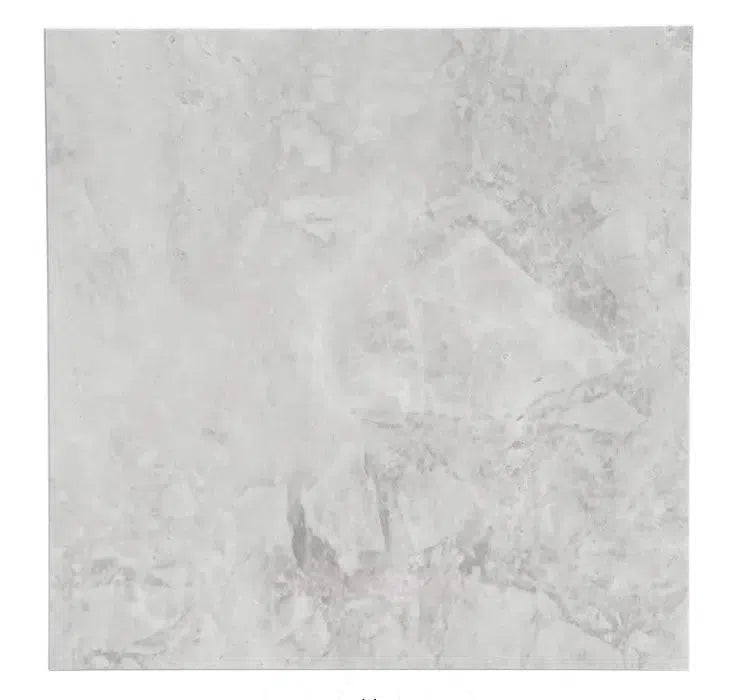 Bianco Congelato Dolomite
Bianco Congelato Dolomite Bianco Venatino (Bianco Mare) Marble
Bianco Venatino (Bianco Mare) Marble Burgundy Mocha Marble
Burgundy Mocha Marble Calacatta Verde Royale Marble
Calacatta Verde Royale Marble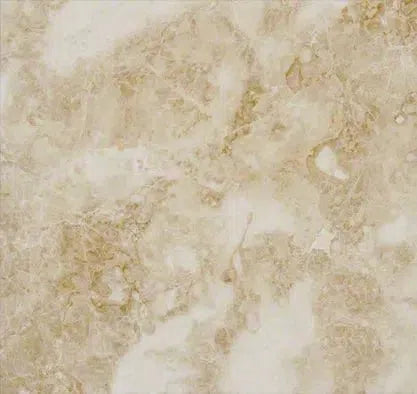 Cappuccino Marble
Cappuccino Marble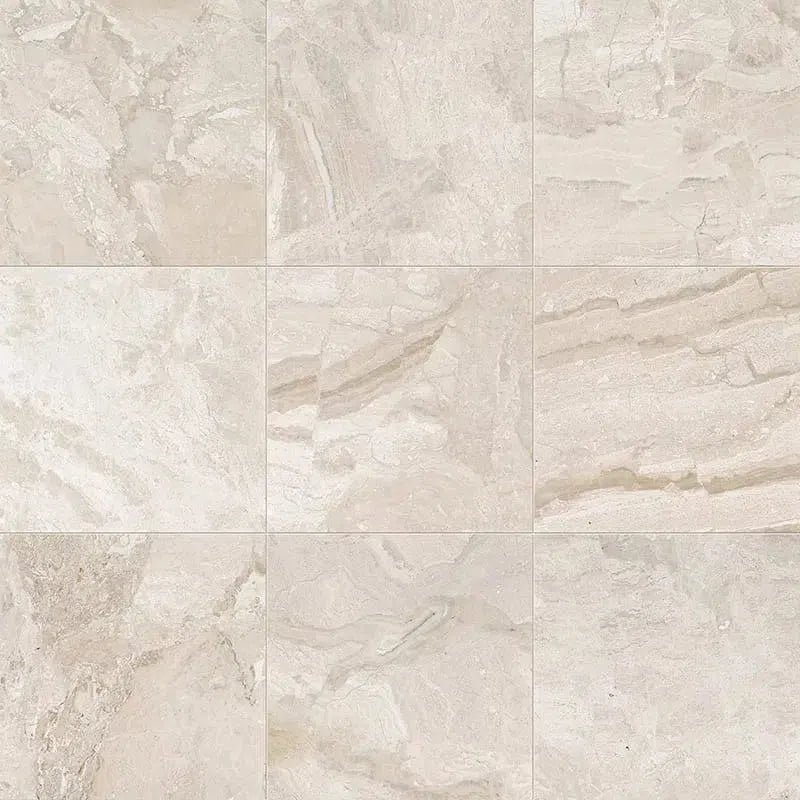 Diano Royal (Queen Beige) Marble
Diano Royal (Queen Beige) Marble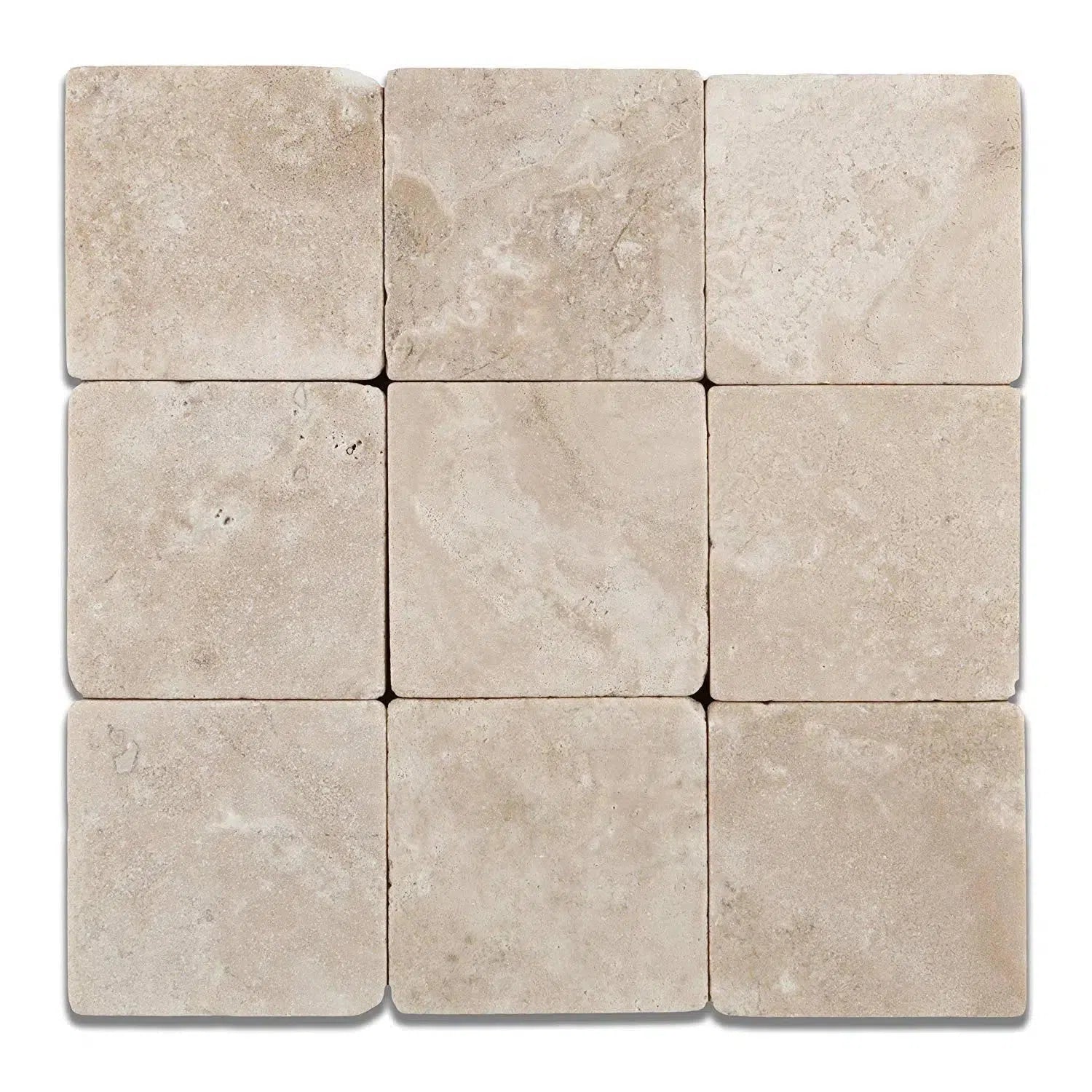 Durango Cream Traverine
Durango Cream Traverine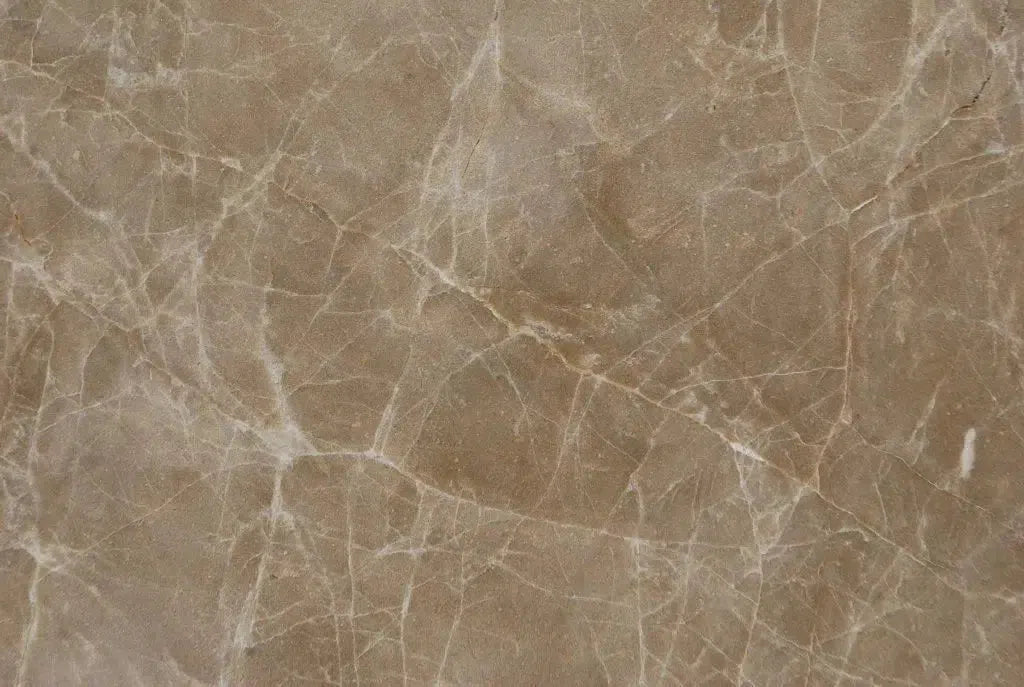 Emperador Light Marble
Emperador Light Marble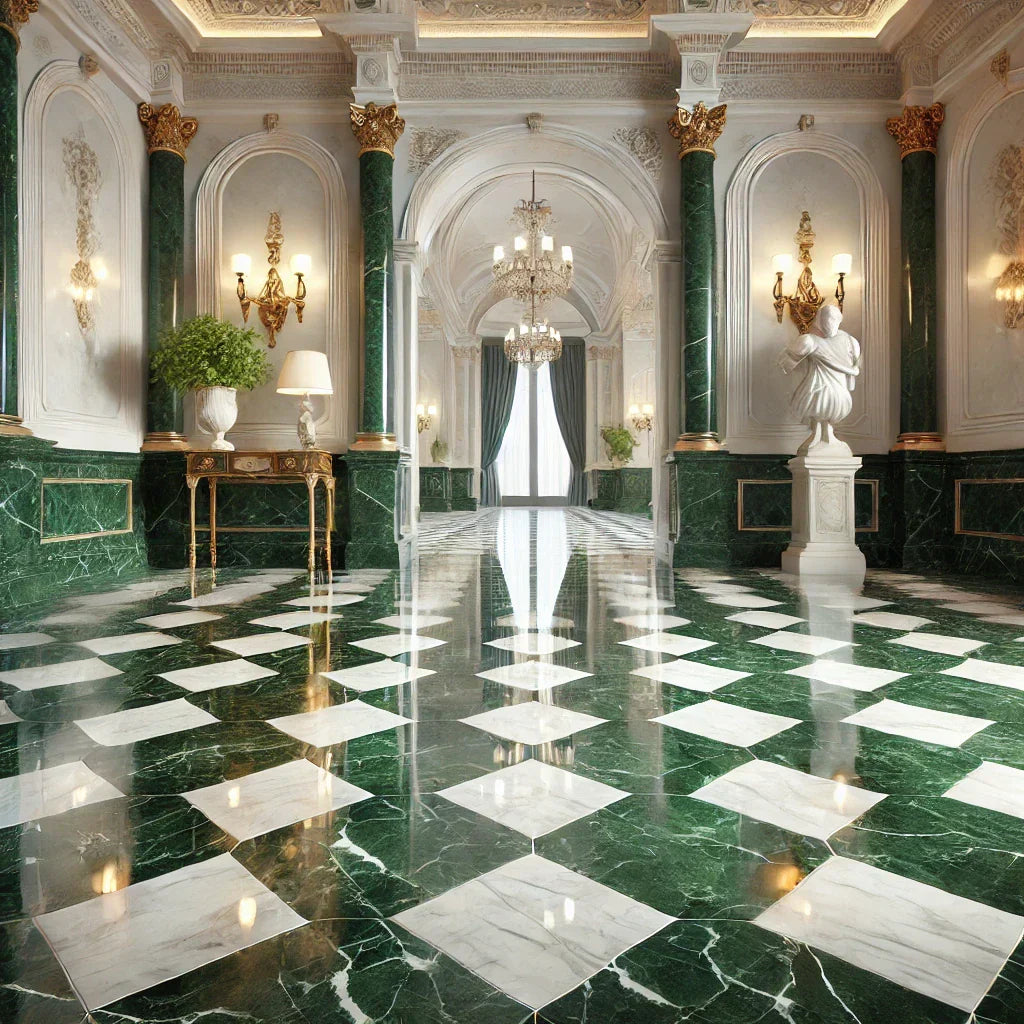 Empress Green Marble
Empress Green Marble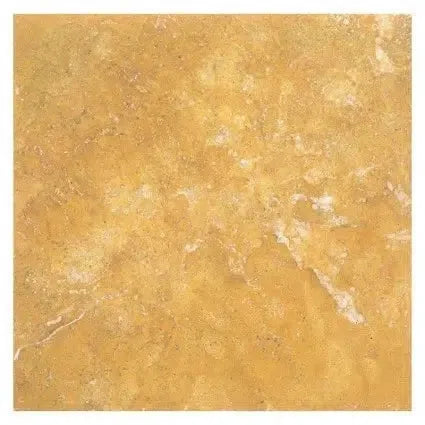 Gold/Yellow Travertine
Gold/Yellow Travertine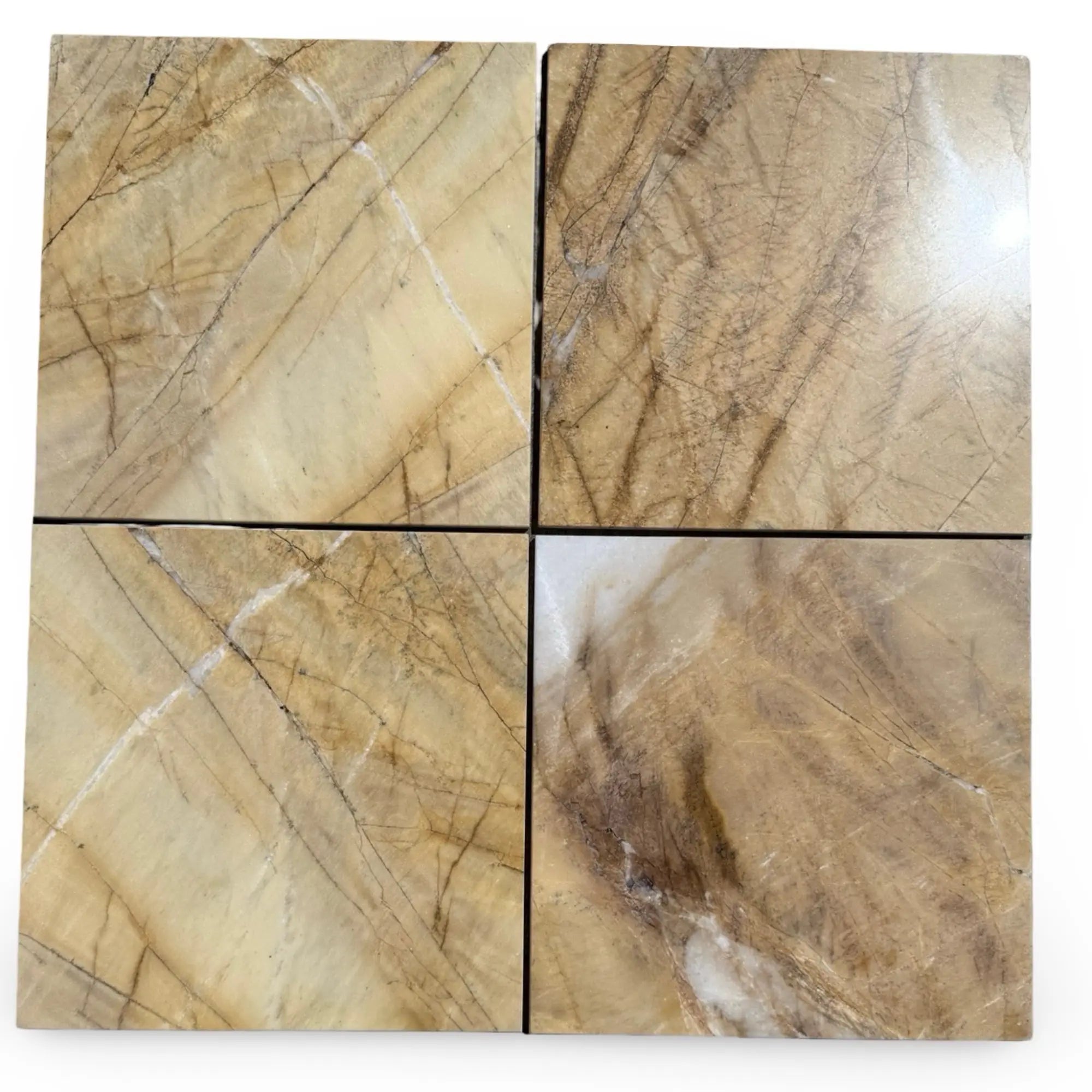 Golden Horizon Marble
Golden Horizon Marble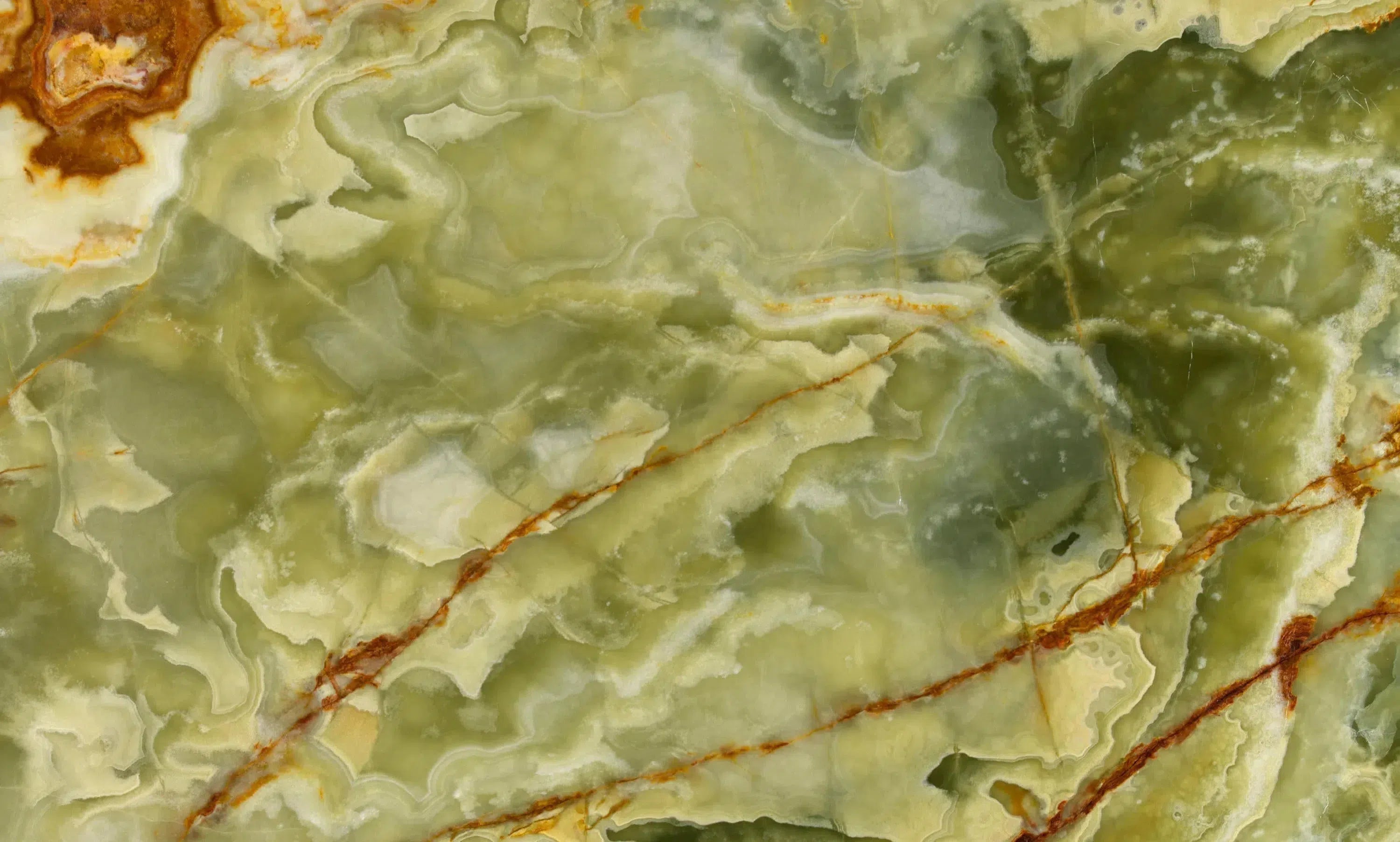 Green Onyx Marble
Green Onyx Marble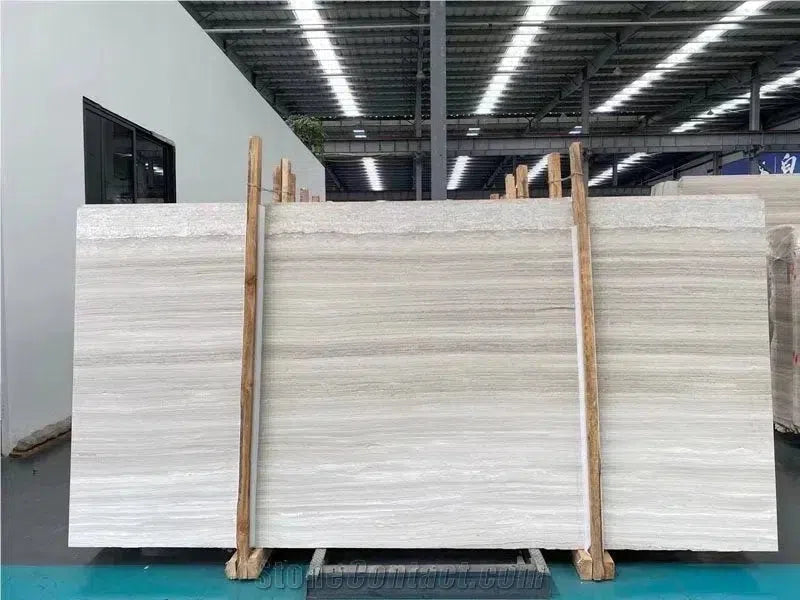 Haisa Light (White Wood) Limestone
Haisa Light (White Wood) Limestone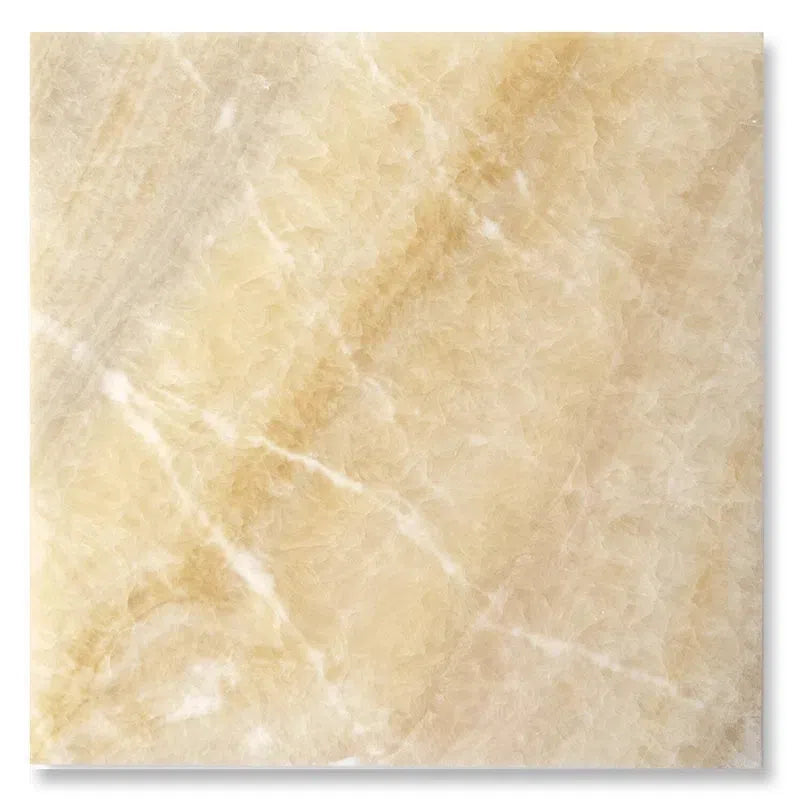 Honey Onyx Marble
Honey Onyx Marble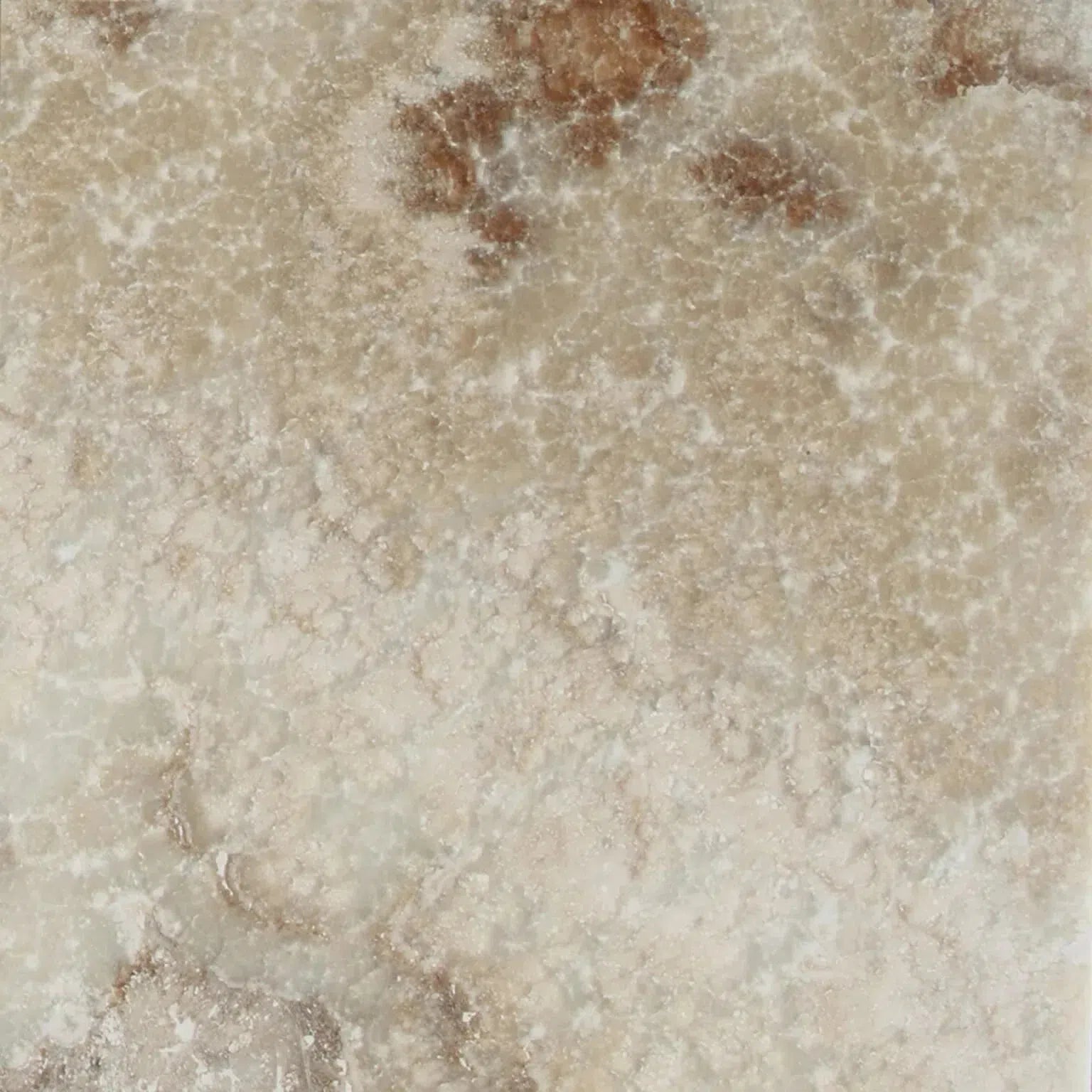 La Travonya Travertine
La Travonya Travertine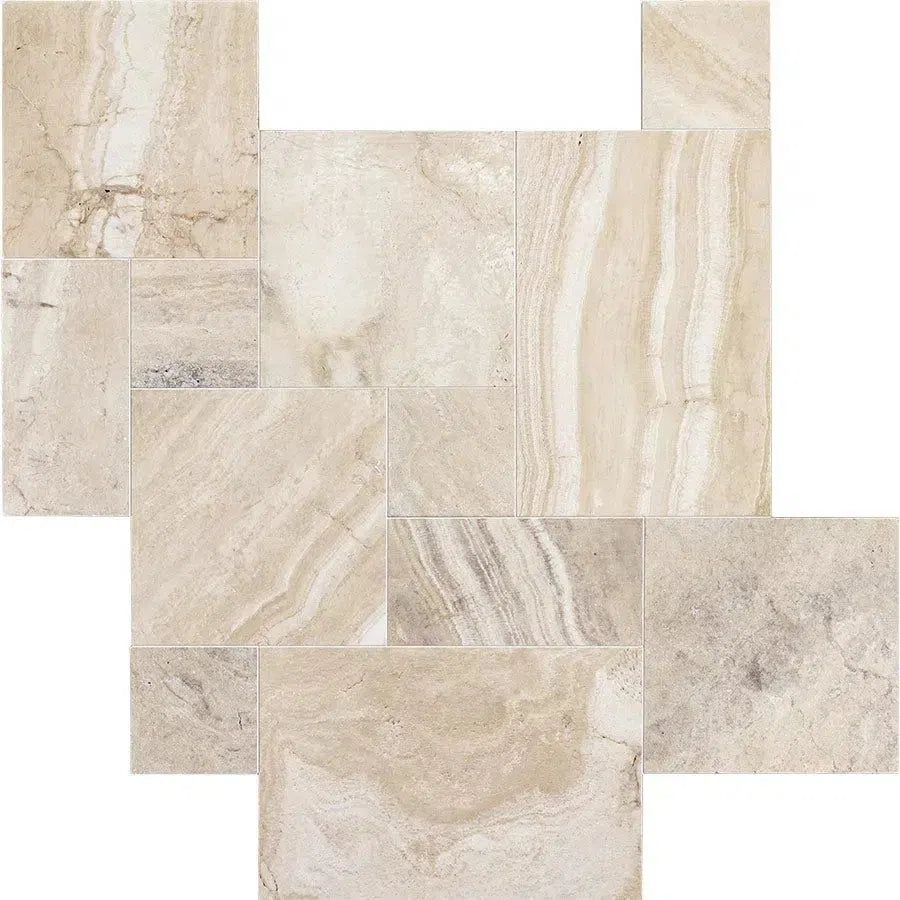 Malibu Travertine
Malibu Travertine Mink (Equator) Marble
Mink (Equator) Marble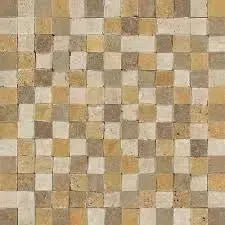 Mixed (Ivory-Noce-Gold) Travertine
Mixed (Ivory-Noce-Gold) Travertine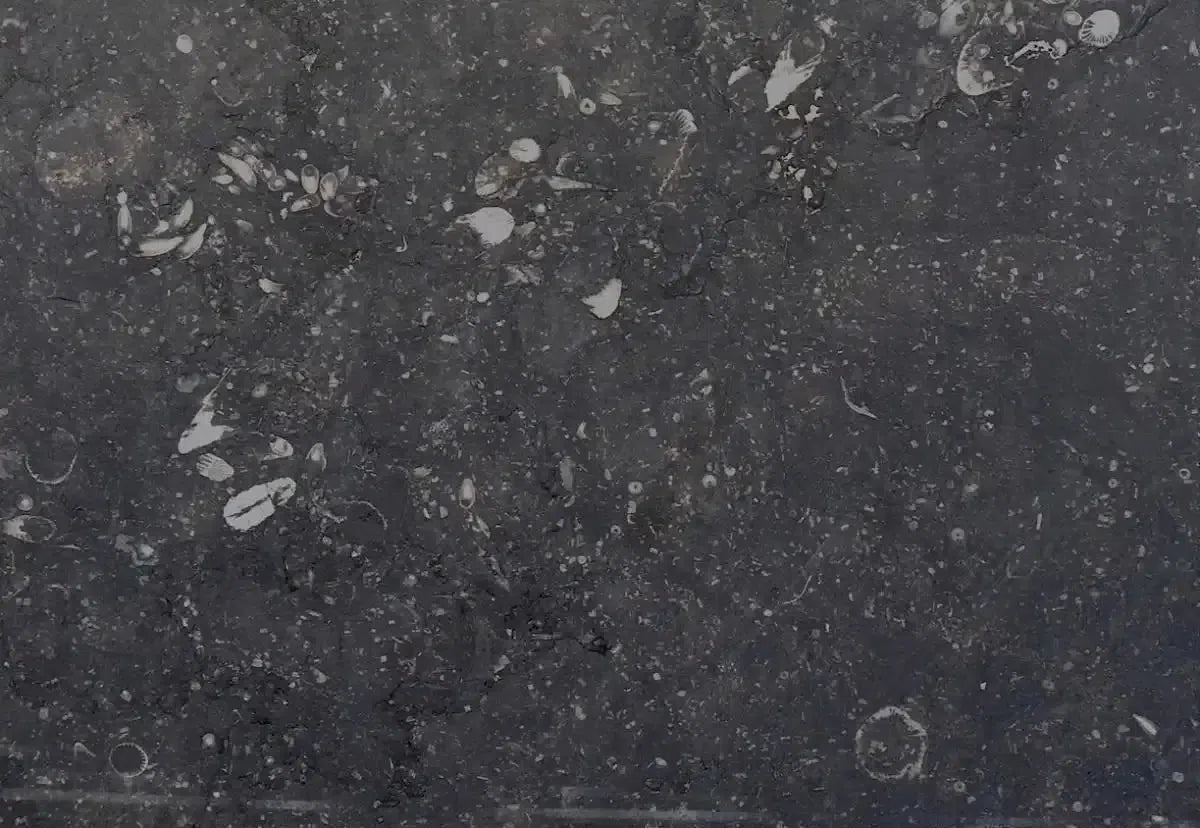 Pierre Bleue (Pierre Blue) Marble
Pierre Bleue (Pierre Blue) Marble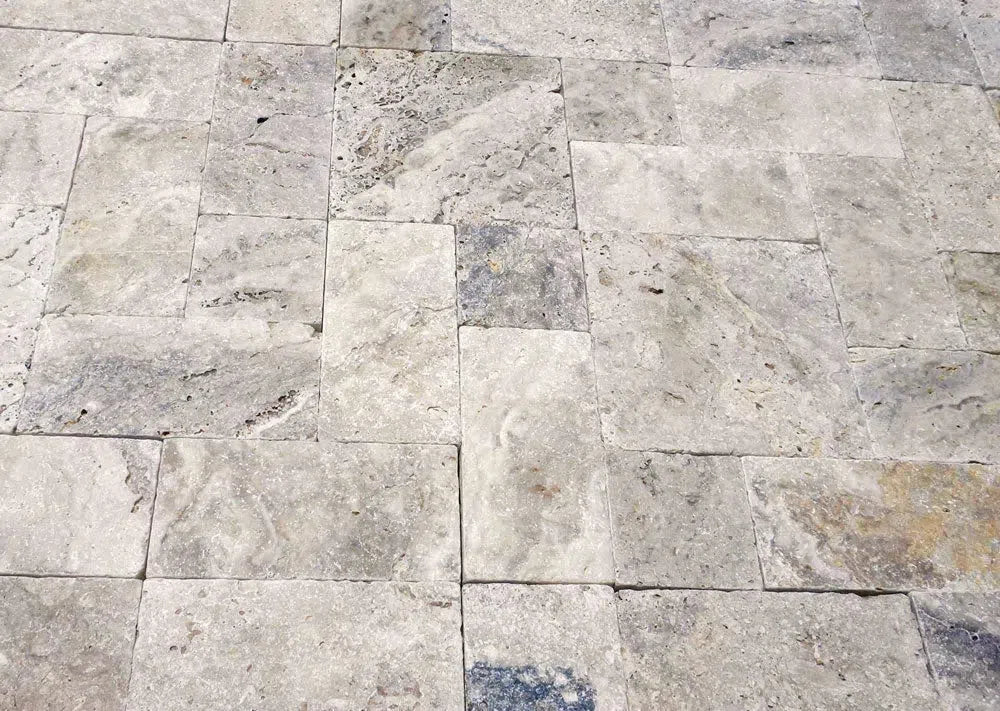 Philadelphia Travertine
Philadelphia Travertine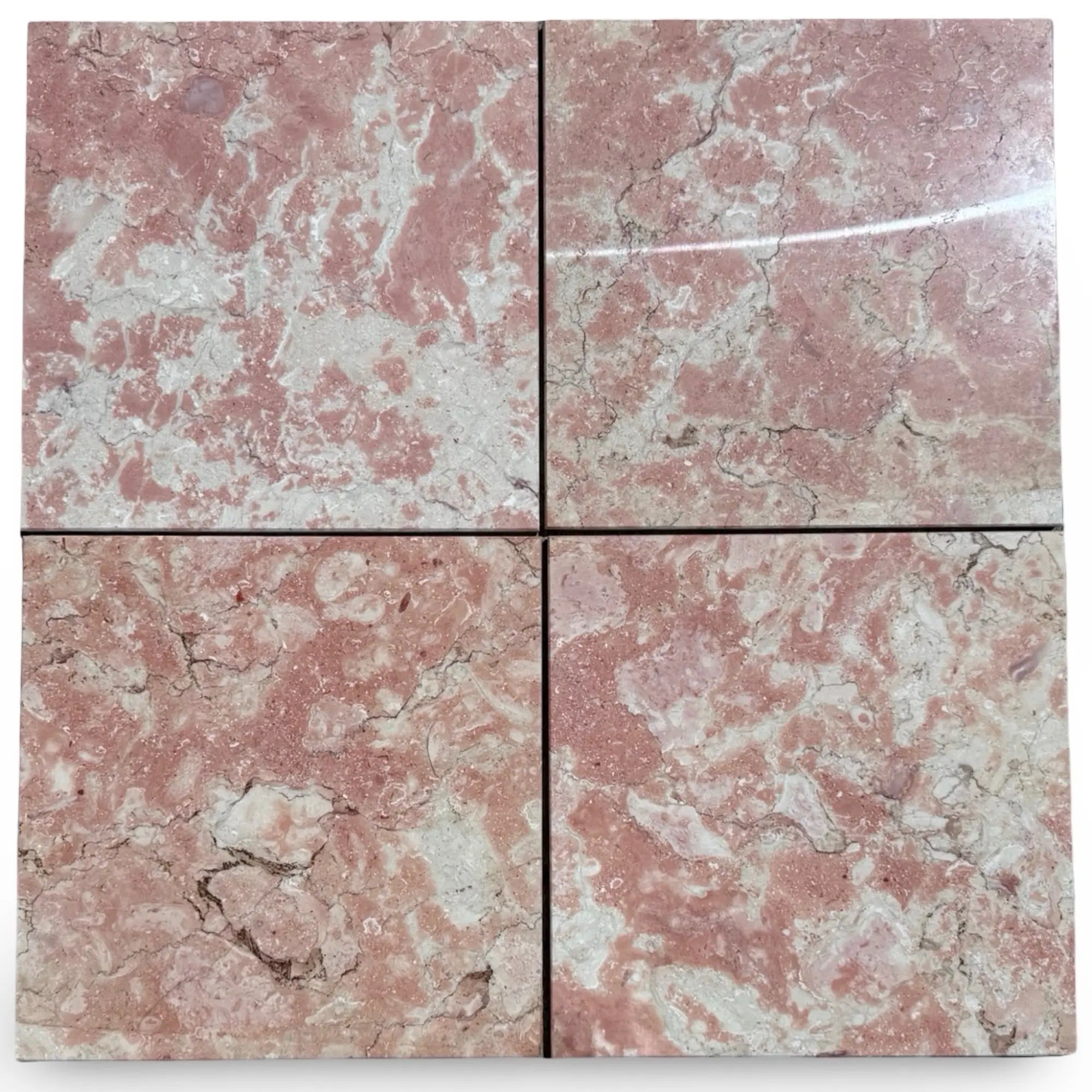 Rosé Aurora Marble
Rosé Aurora Marble Rosetta Storm Marble
Rosetta Storm Marble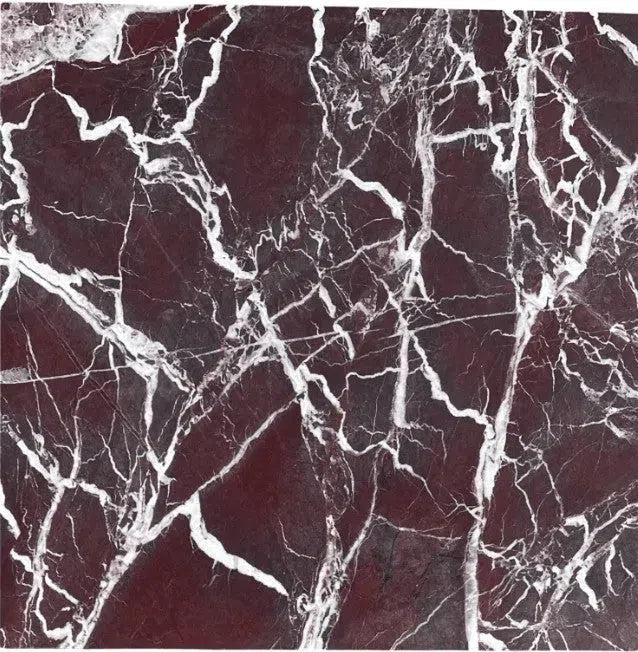 Rosso Levanto Marble
Rosso Levanto Marble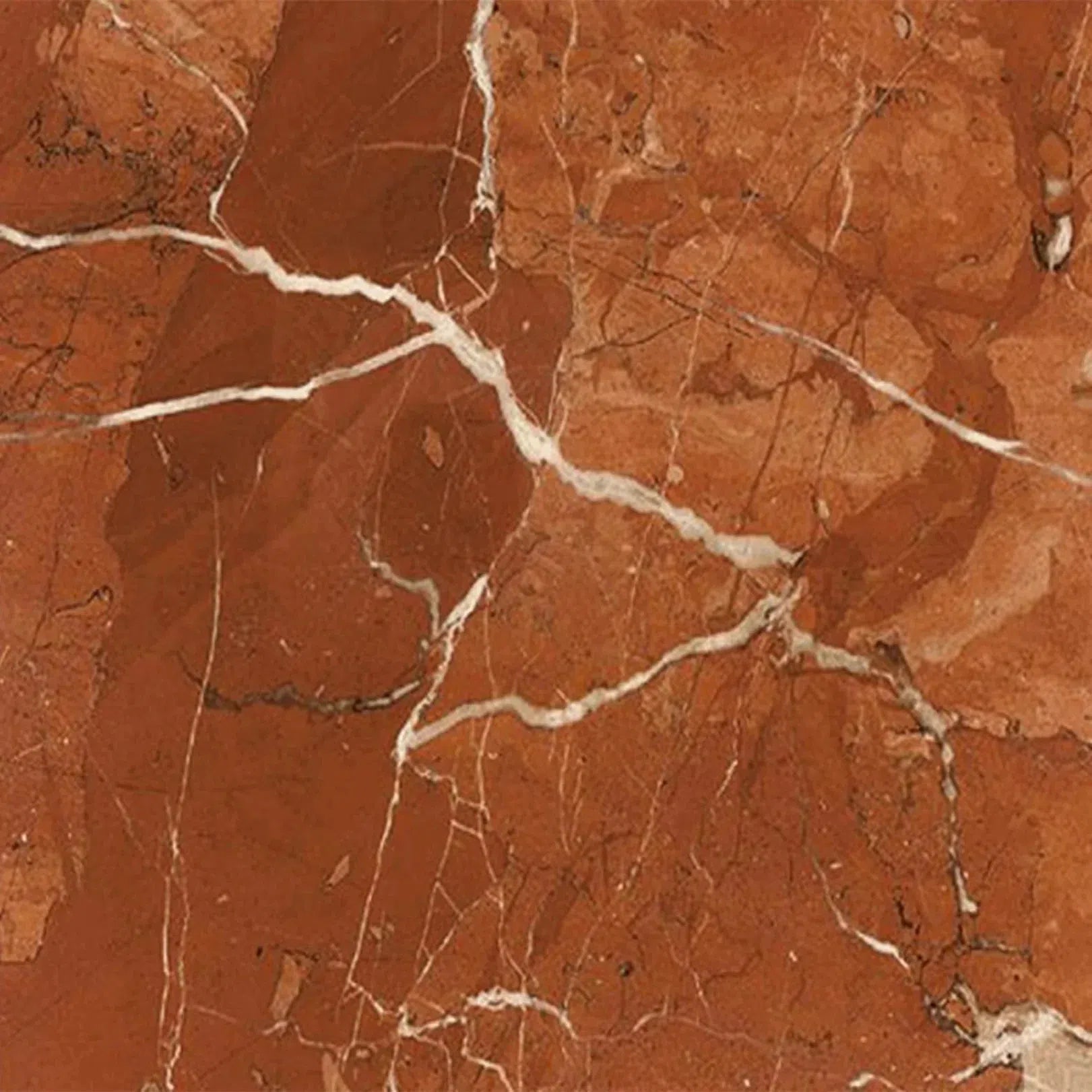 Rojo Alicante Marble
Rojo Alicante Marble Sahara Ember Marble
Sahara Ember Marble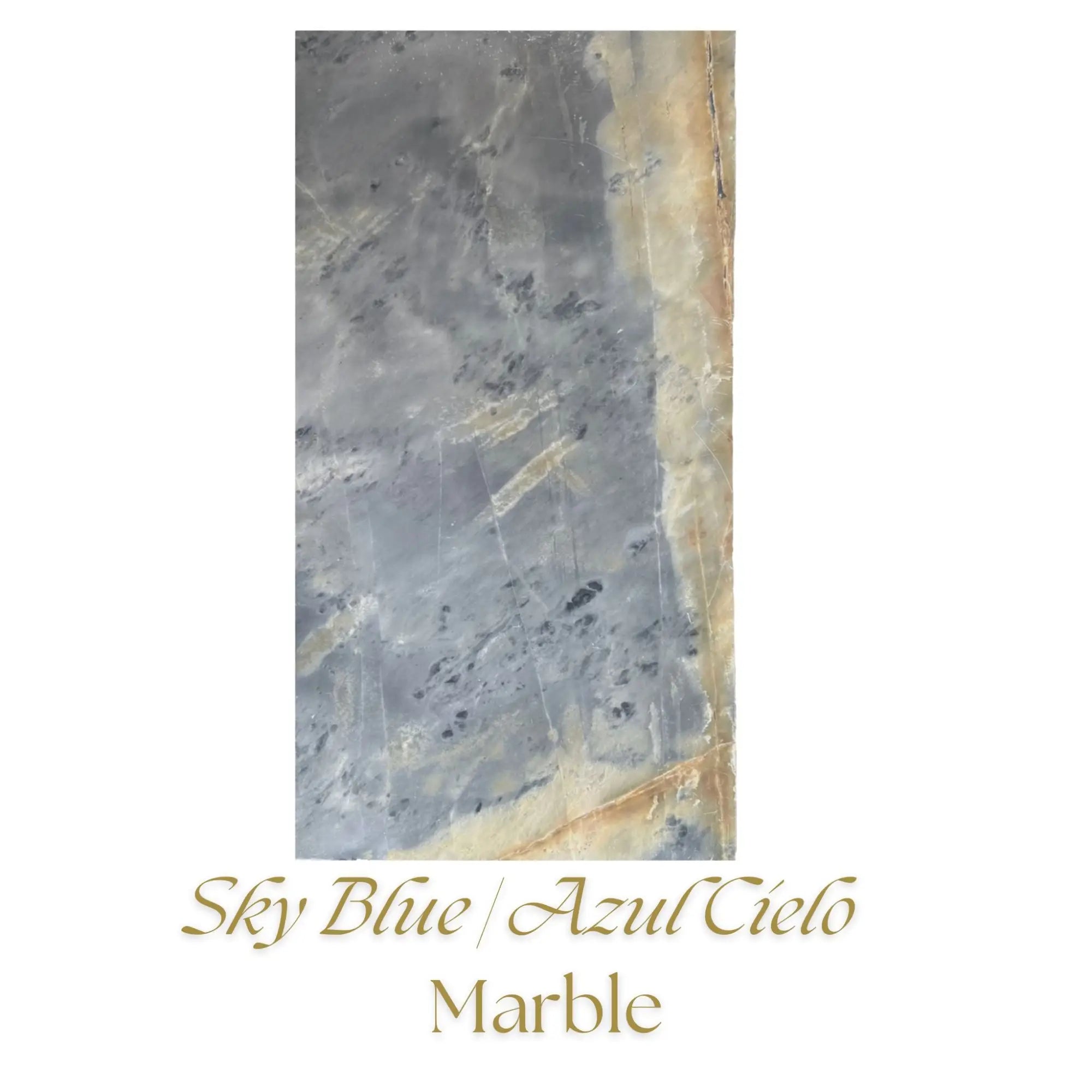 Sky Blue | Azul Cielo Marble
Sky Blue | Azul Cielo Marble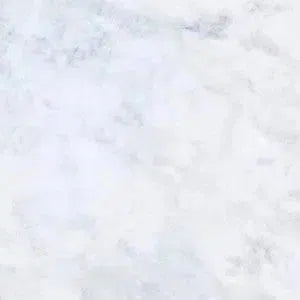 Snow White (Afyon White) Marble
Snow White (Afyon White) Marble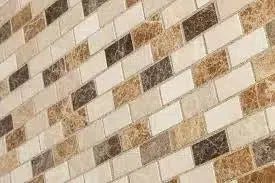 Spanish Mix Marble
Spanish Mix Marble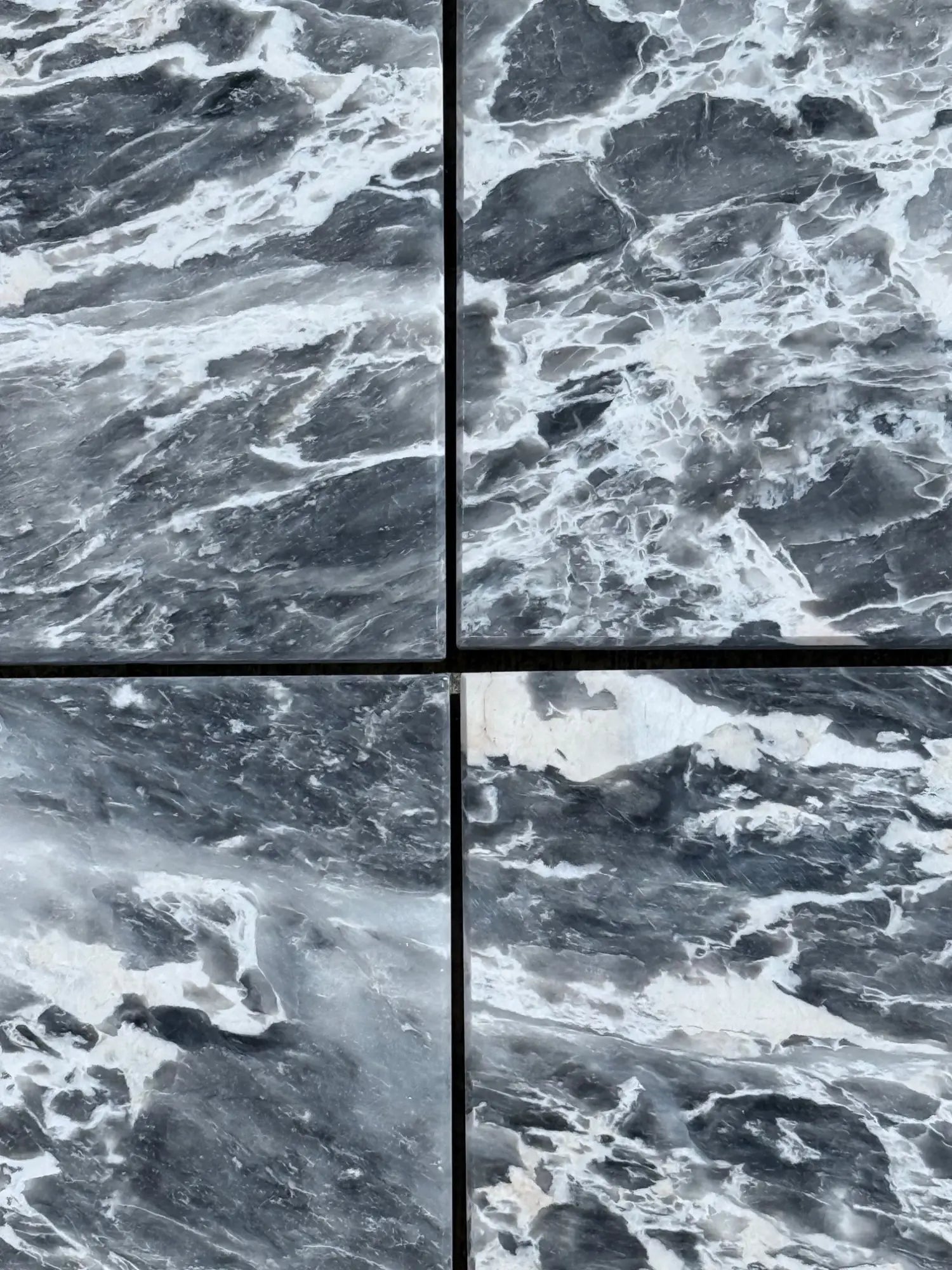 Storm Gray Marble
Storm Gray Marble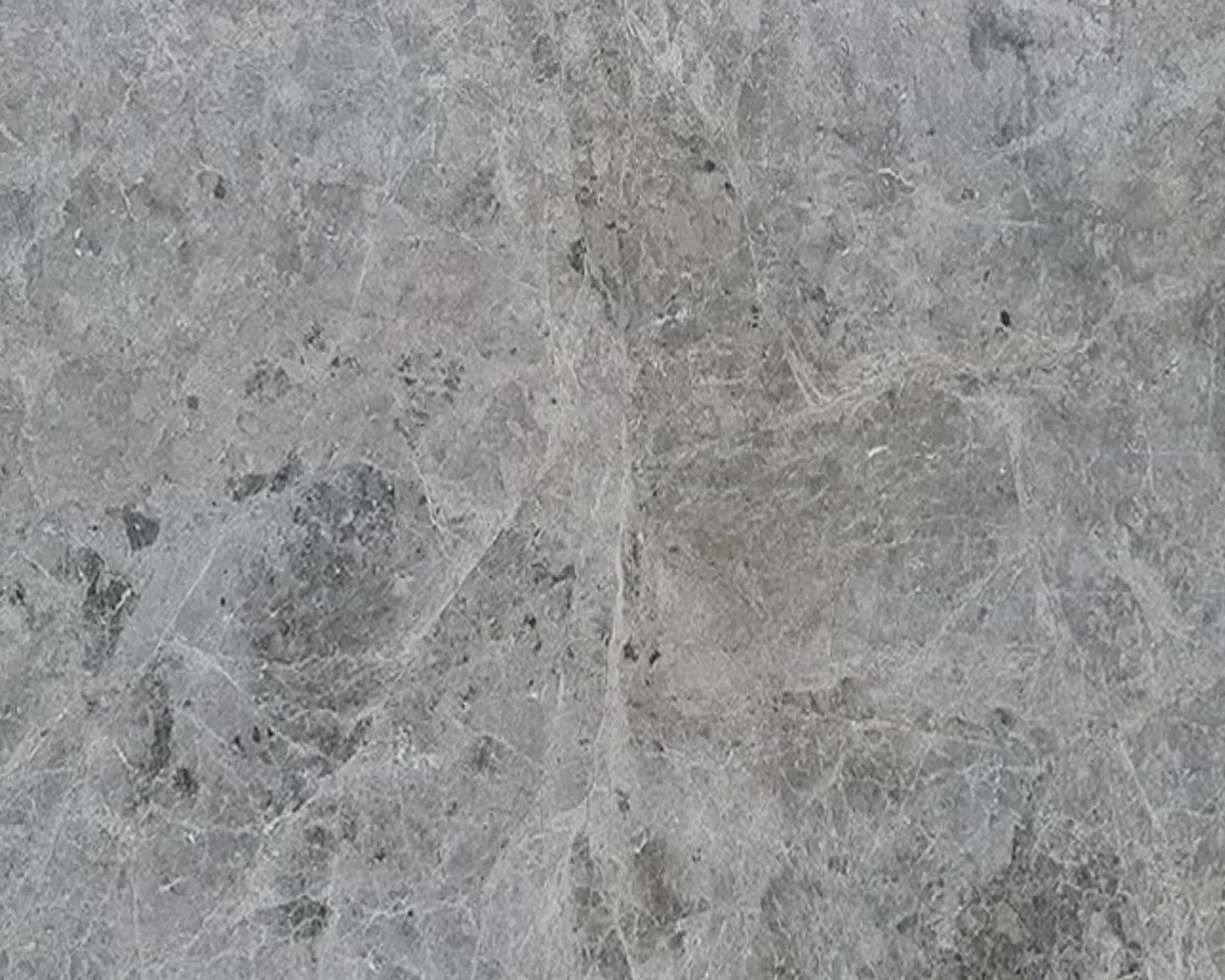 Tundra Gray (Atlantic Gray) Marble
Tundra Gray (Atlantic Gray) Marble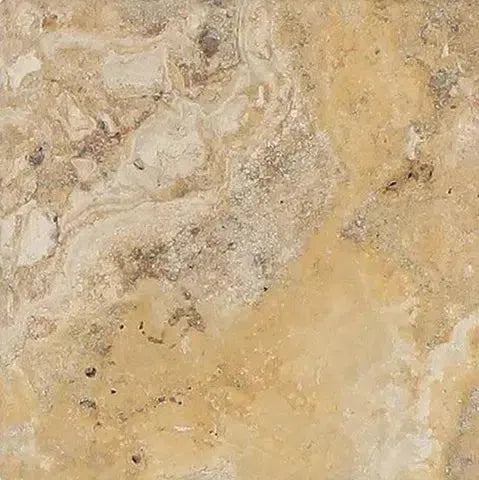 Valencia Travertine
Valencia Travertine Valerenga Travertine
Valerenga Travertine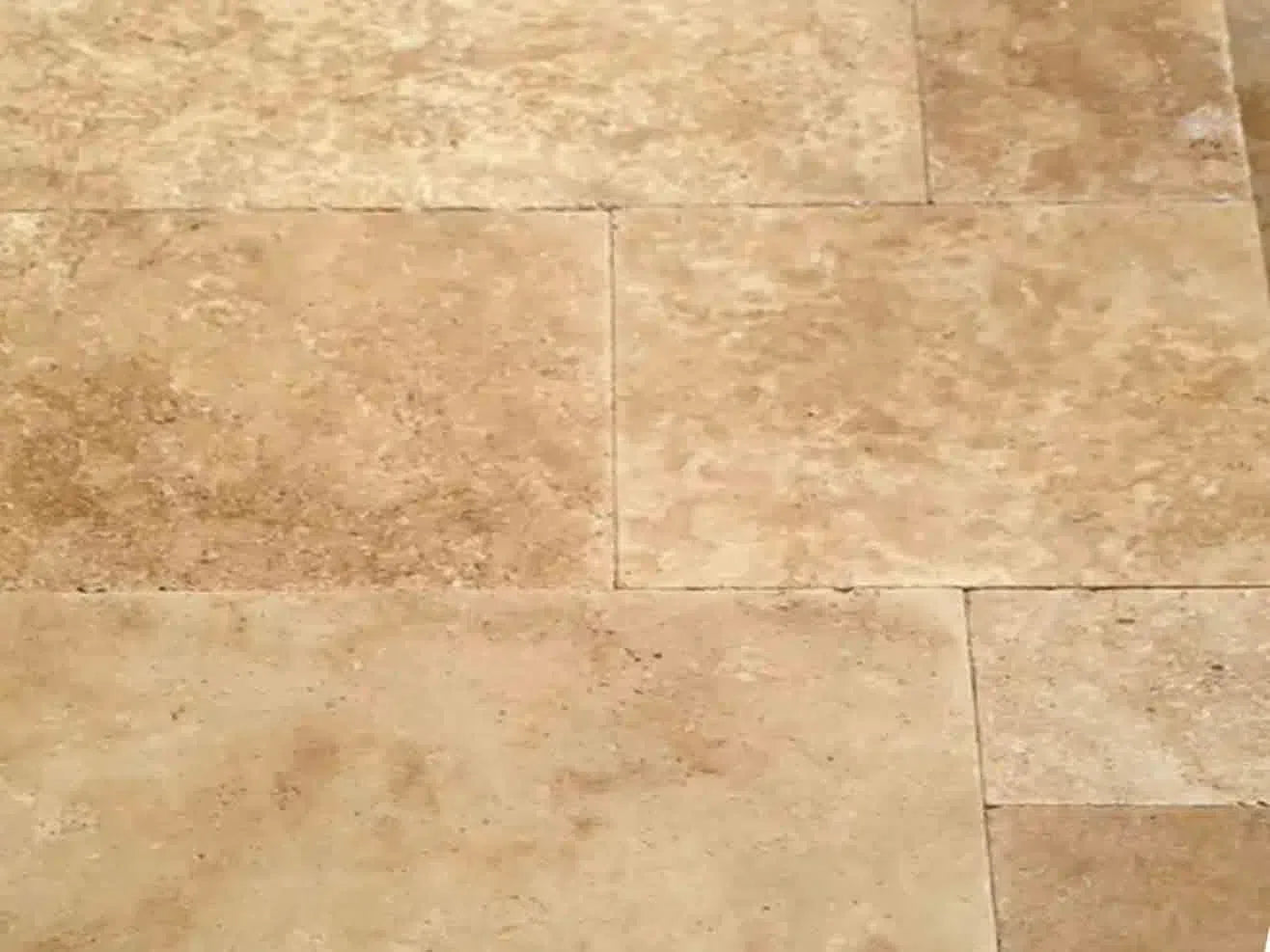 Walnut Travertine
Walnut Travertine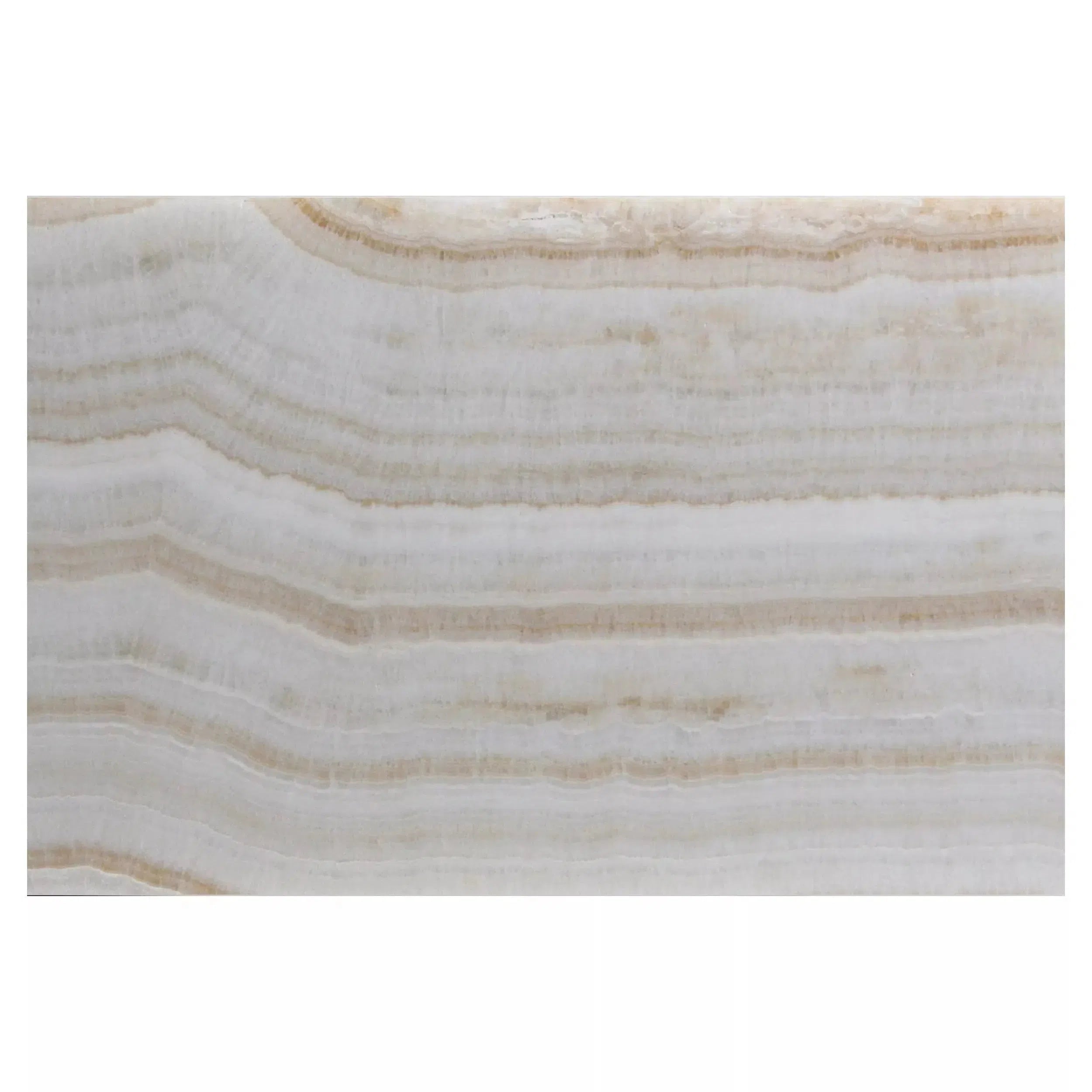 White Onyx Marble
White Onyx Marble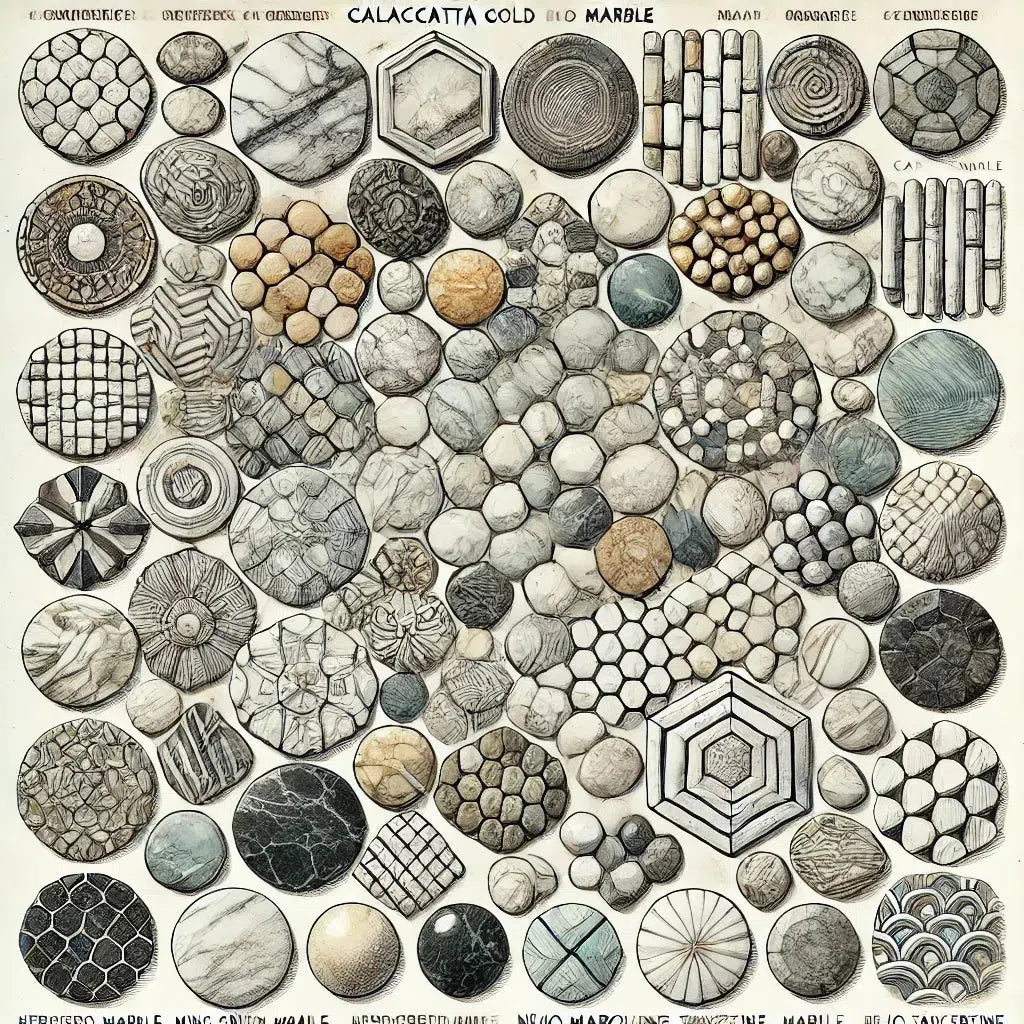 Shop By Type
Shop By Type
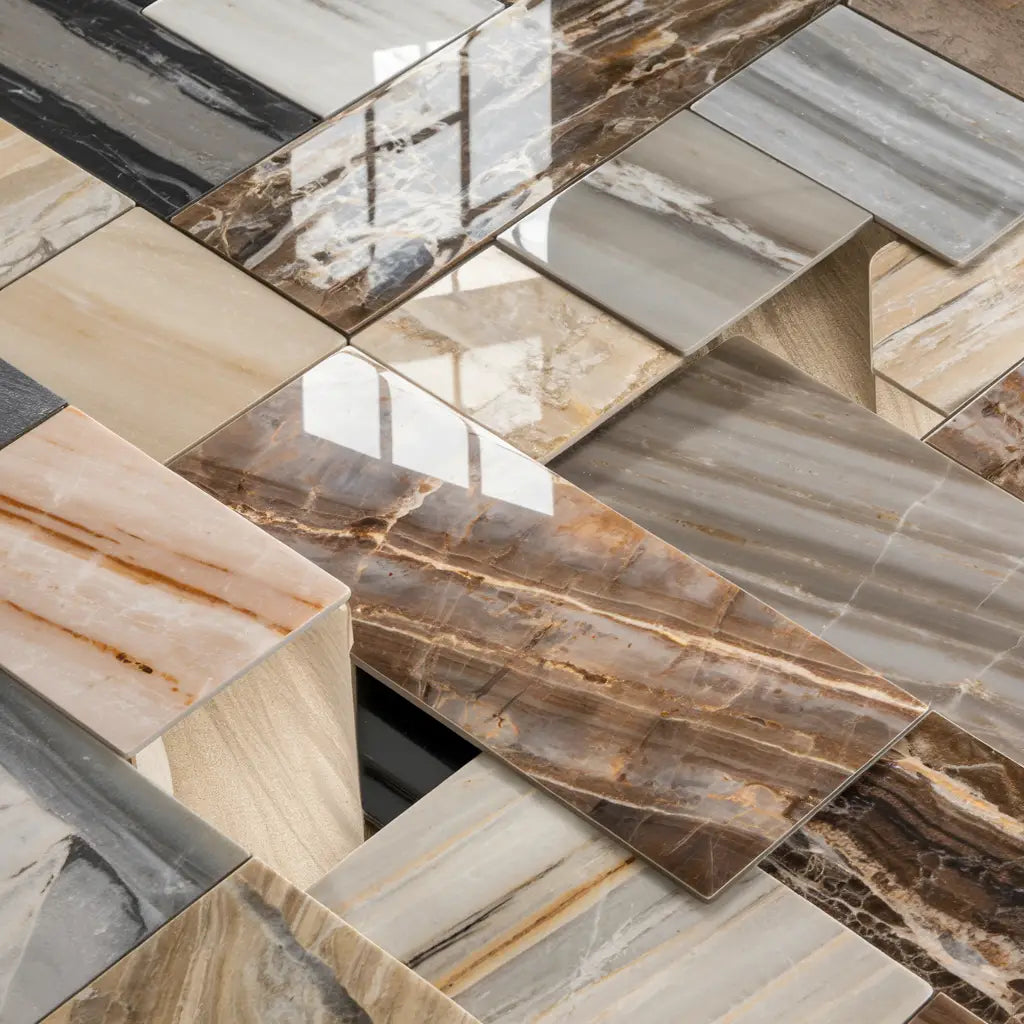 Marble Tiles
Marble Tiles Marble Mosaic
Marble Mosaic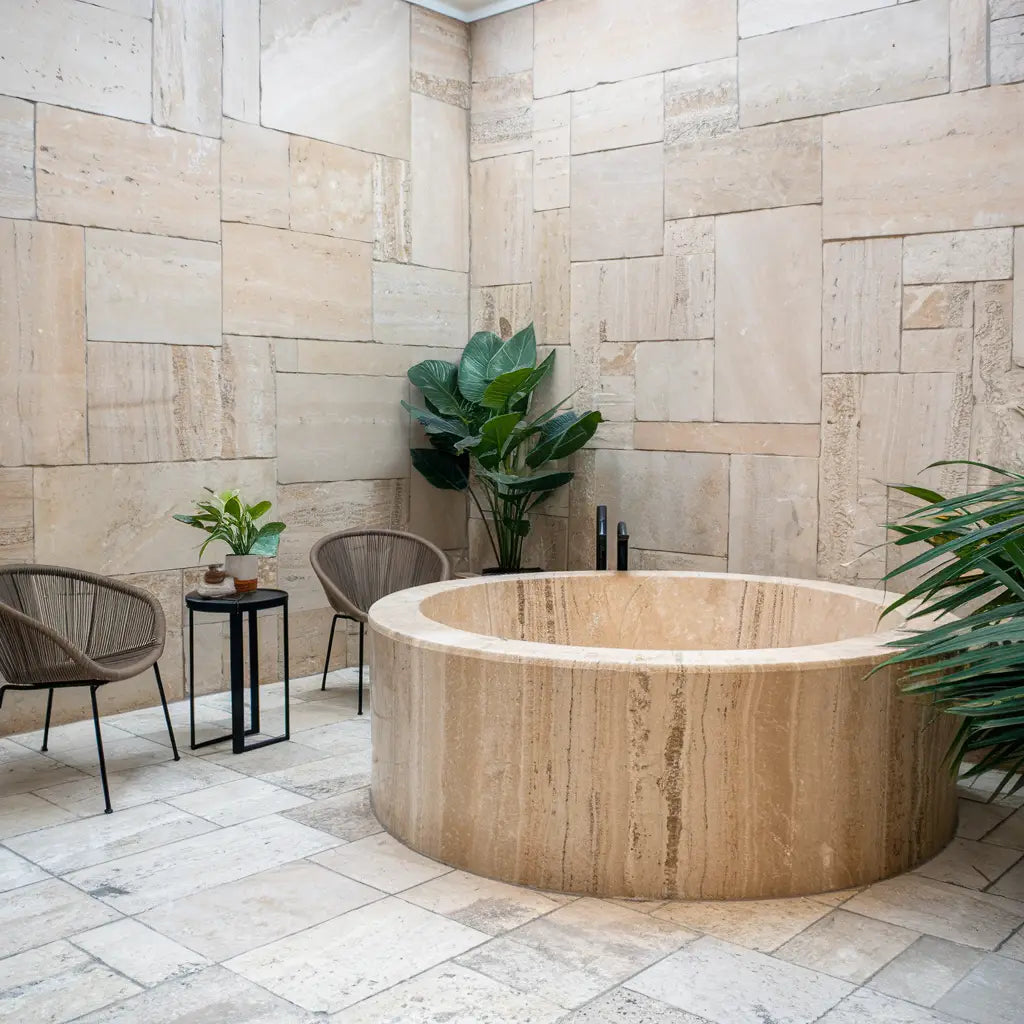 Travertine Tiles
Travertine Tiles Travertine Mosaic
Travertine Mosaic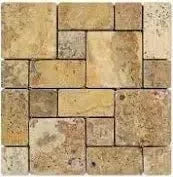 4 pcs Versailles Pattern / French Pattern Set
4 pcs Versailles Pattern / French Pattern Set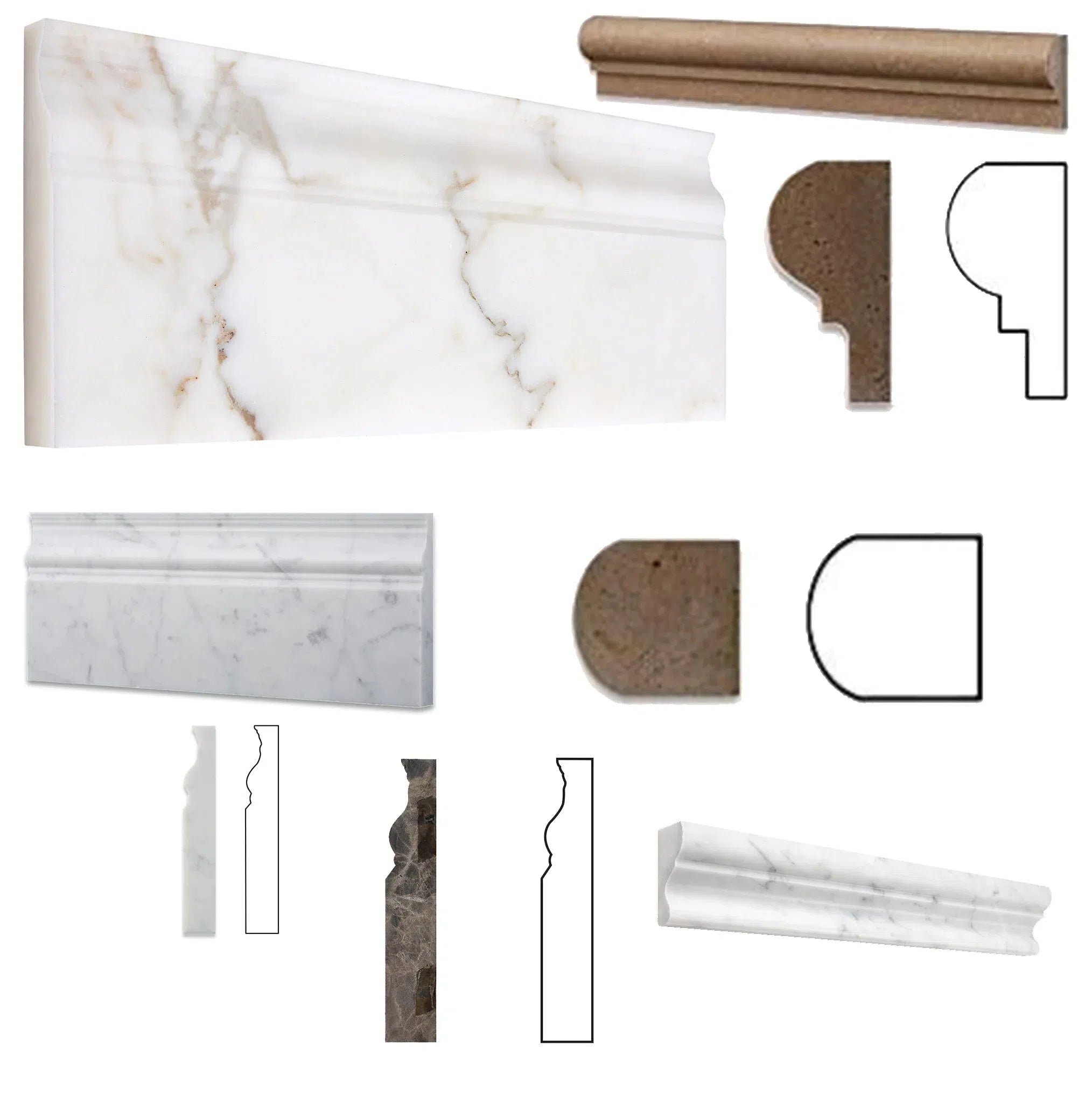 Molding/Trim
Molding/Trim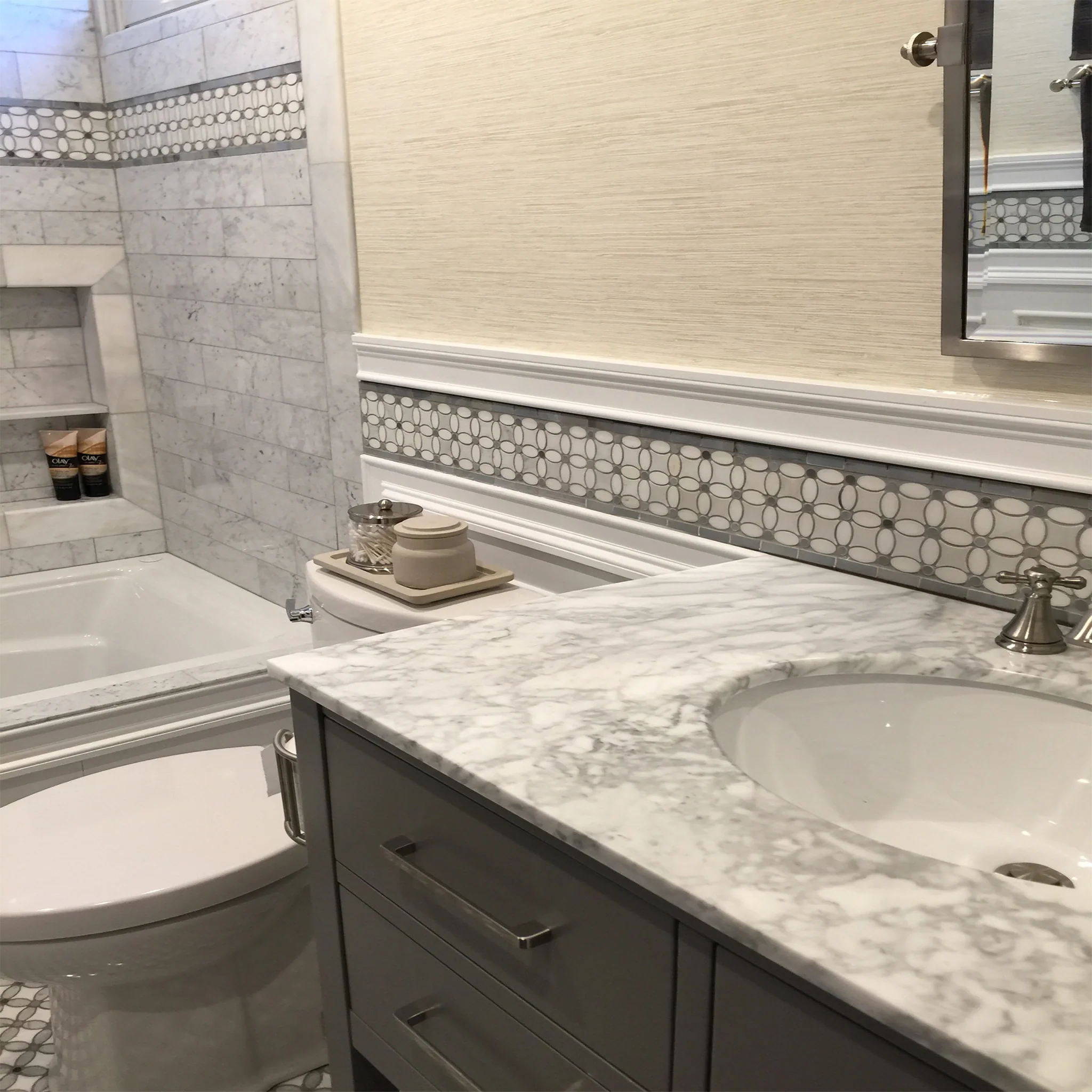 Border/Listello
Border/Listello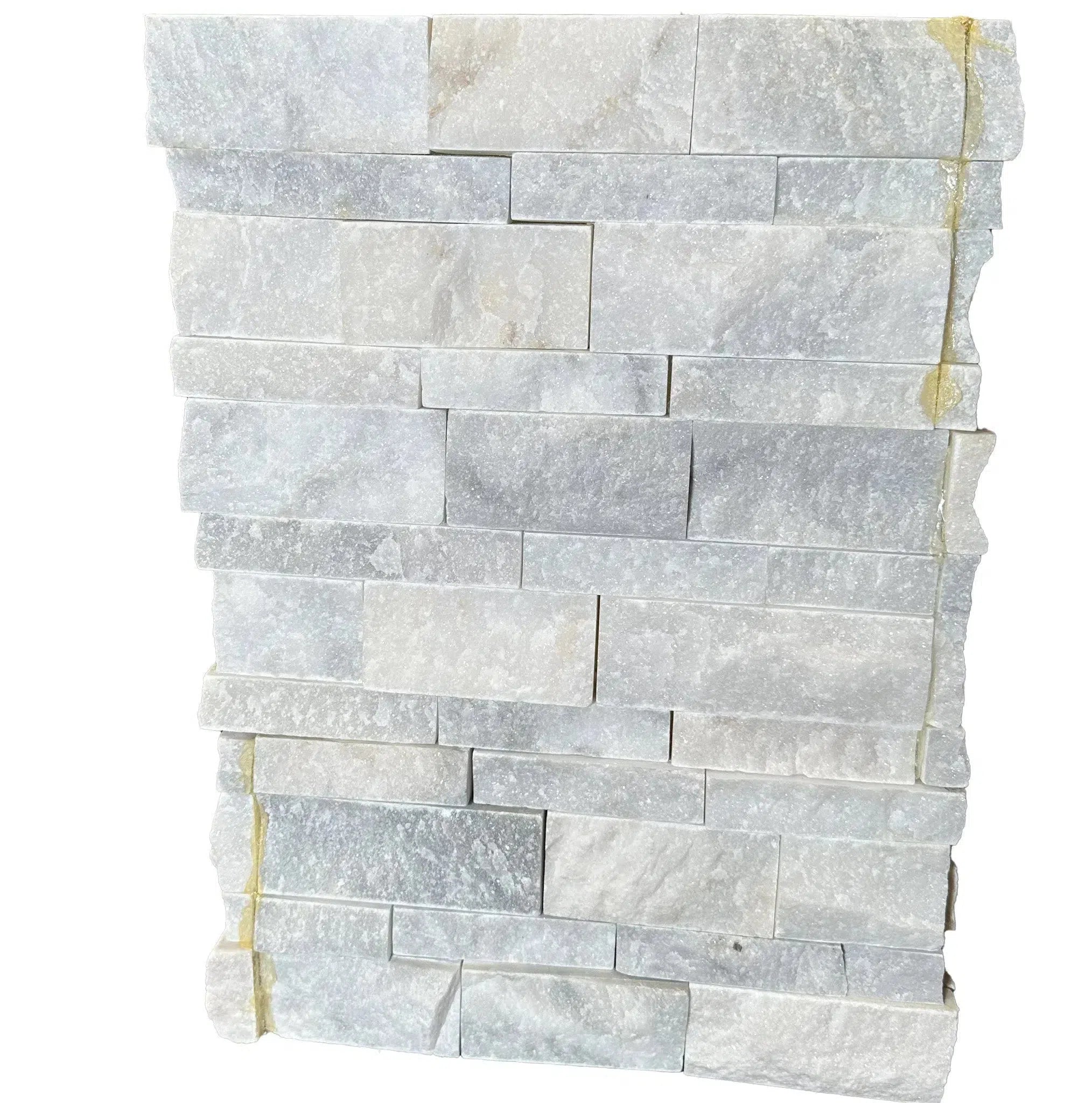 Ledger-Panel
Ledger-Panel Checkerboard
Checkerboard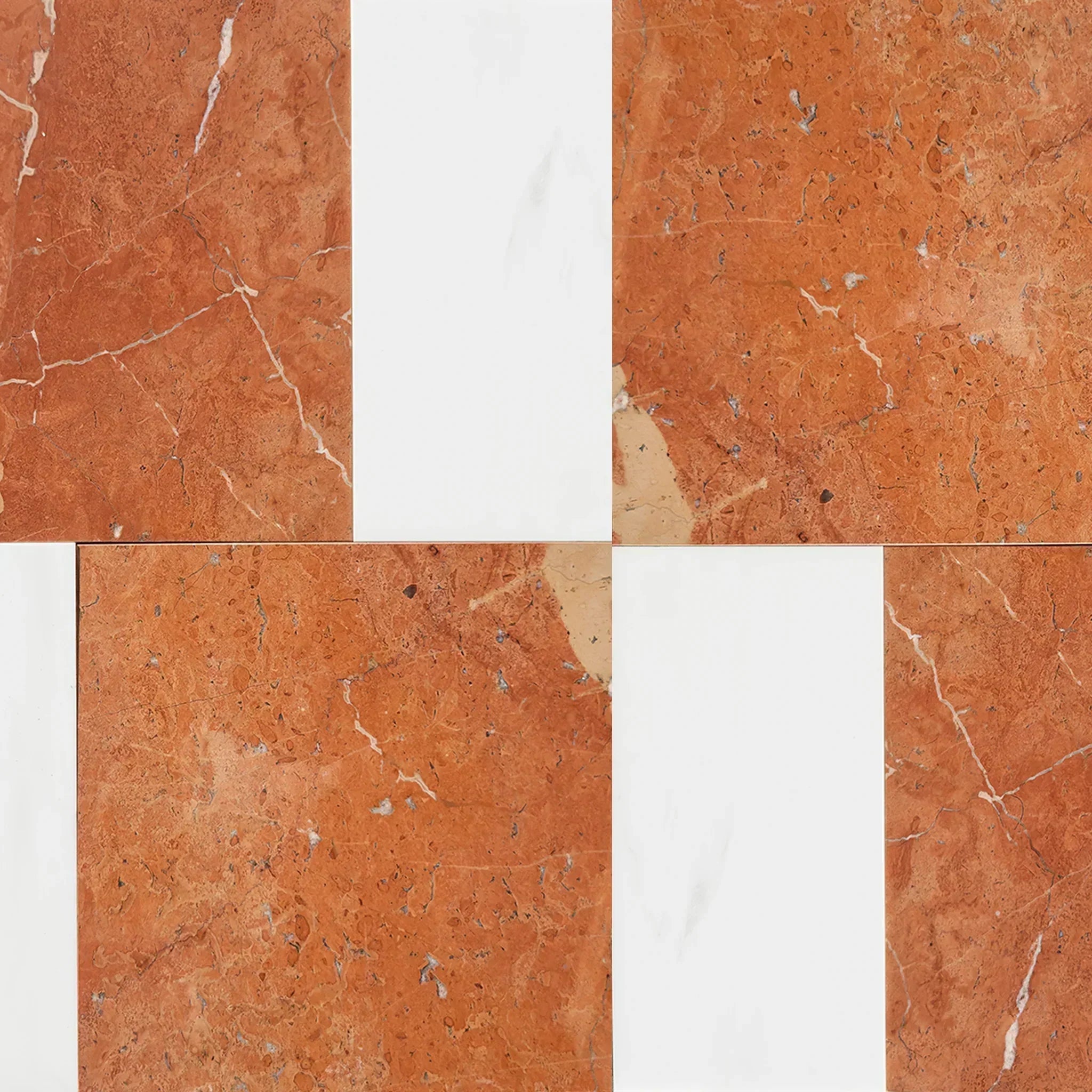 Patterned Tile Collection
Patterned Tile Collection 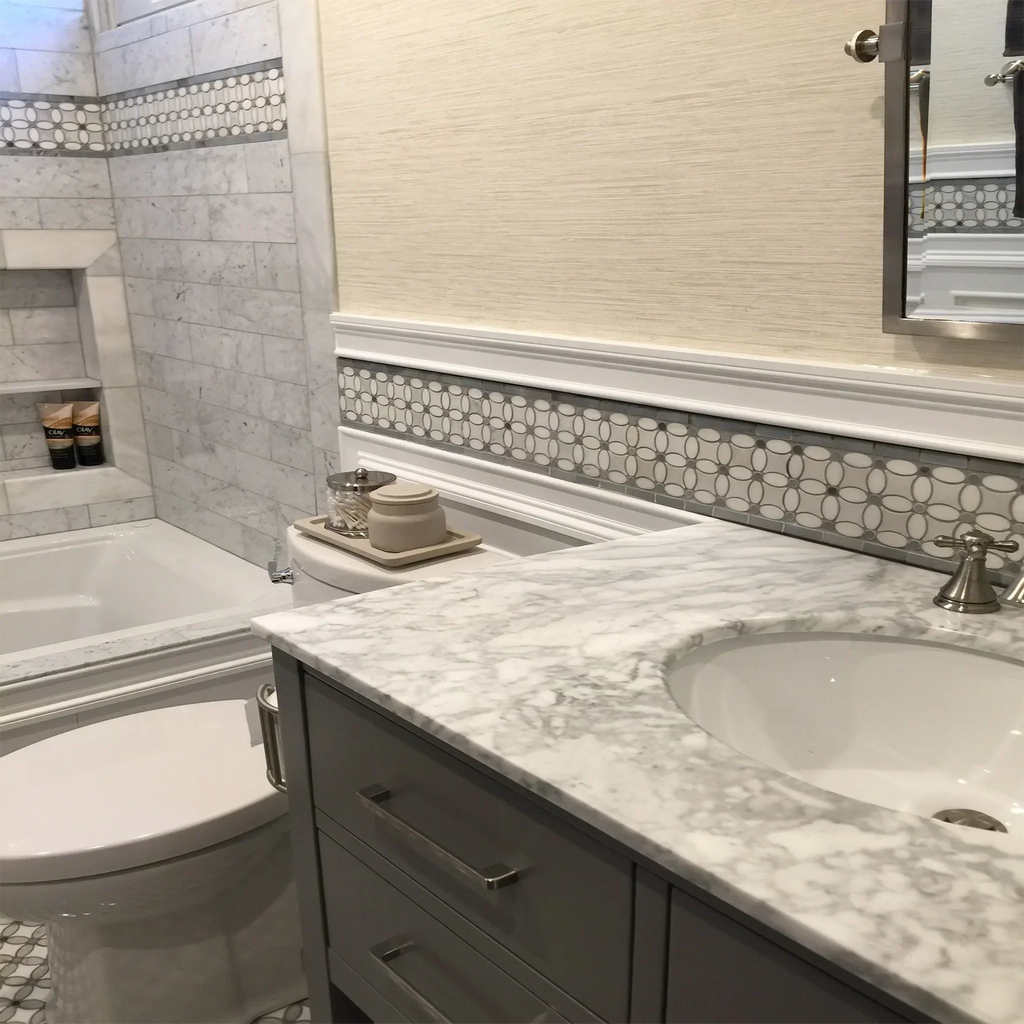 Shop By Finish
Shop By Finish
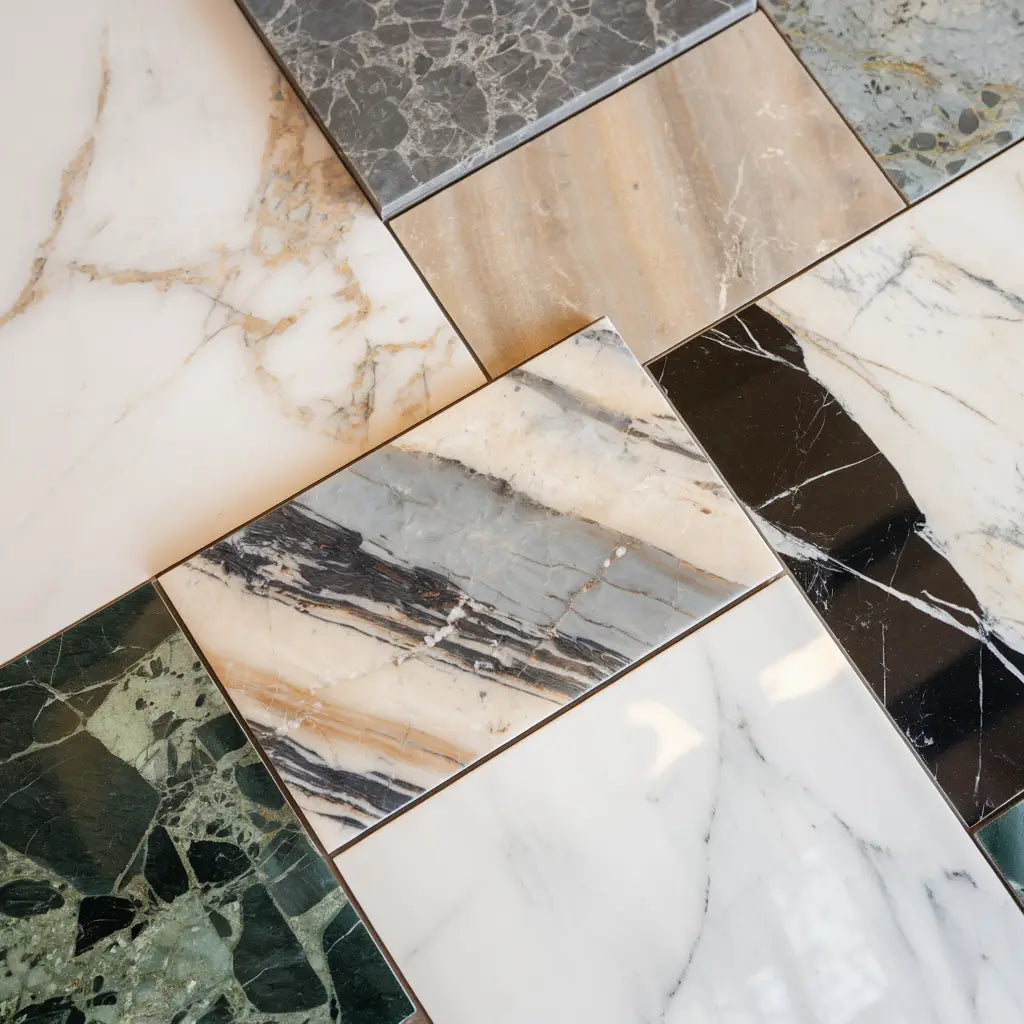 Polished
Polished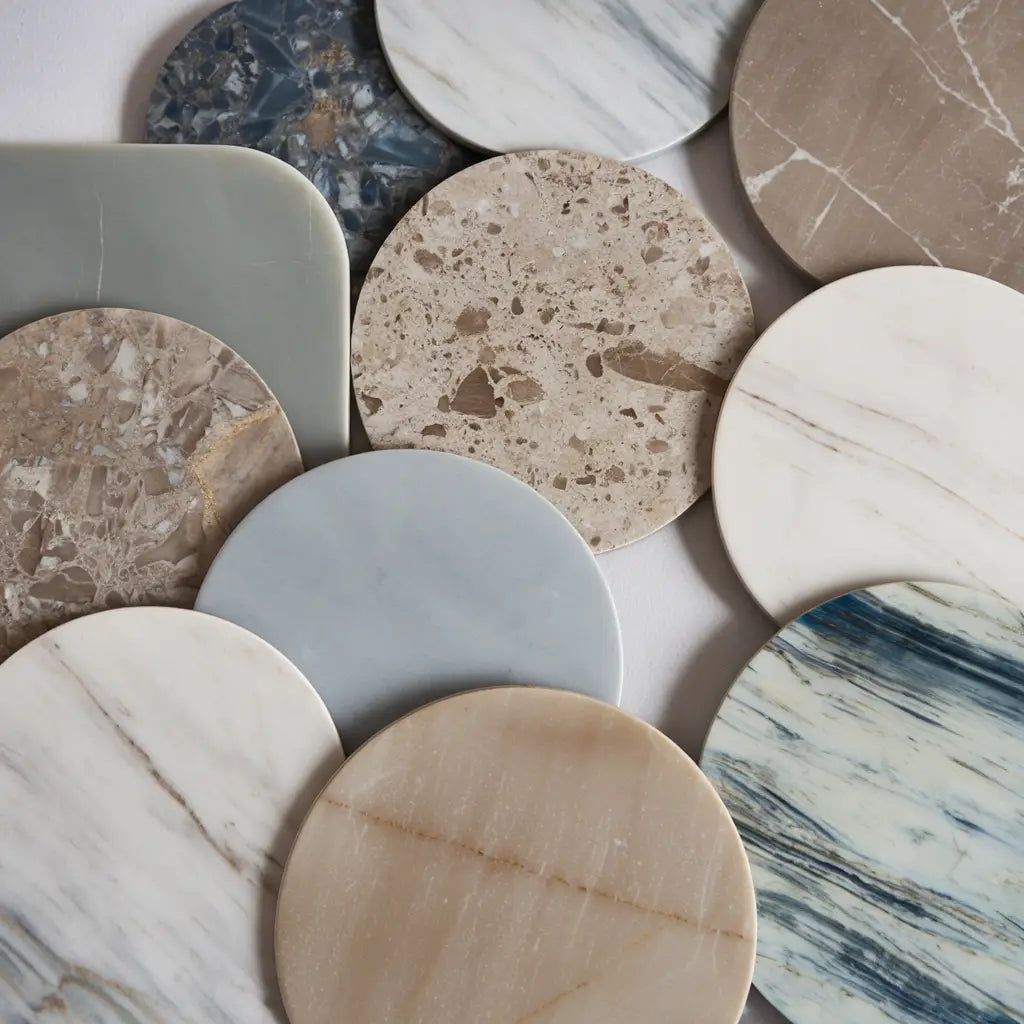 Honed
Honed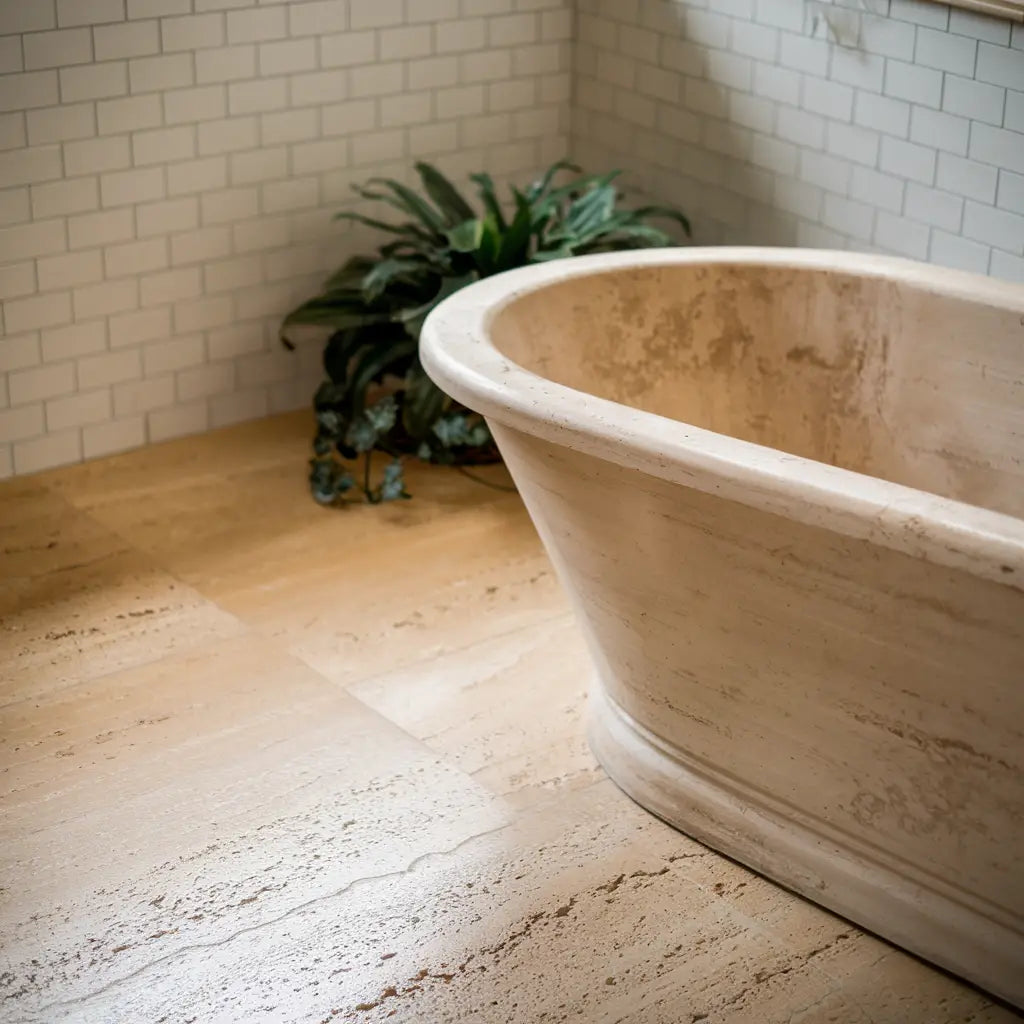 Brushed
Brushed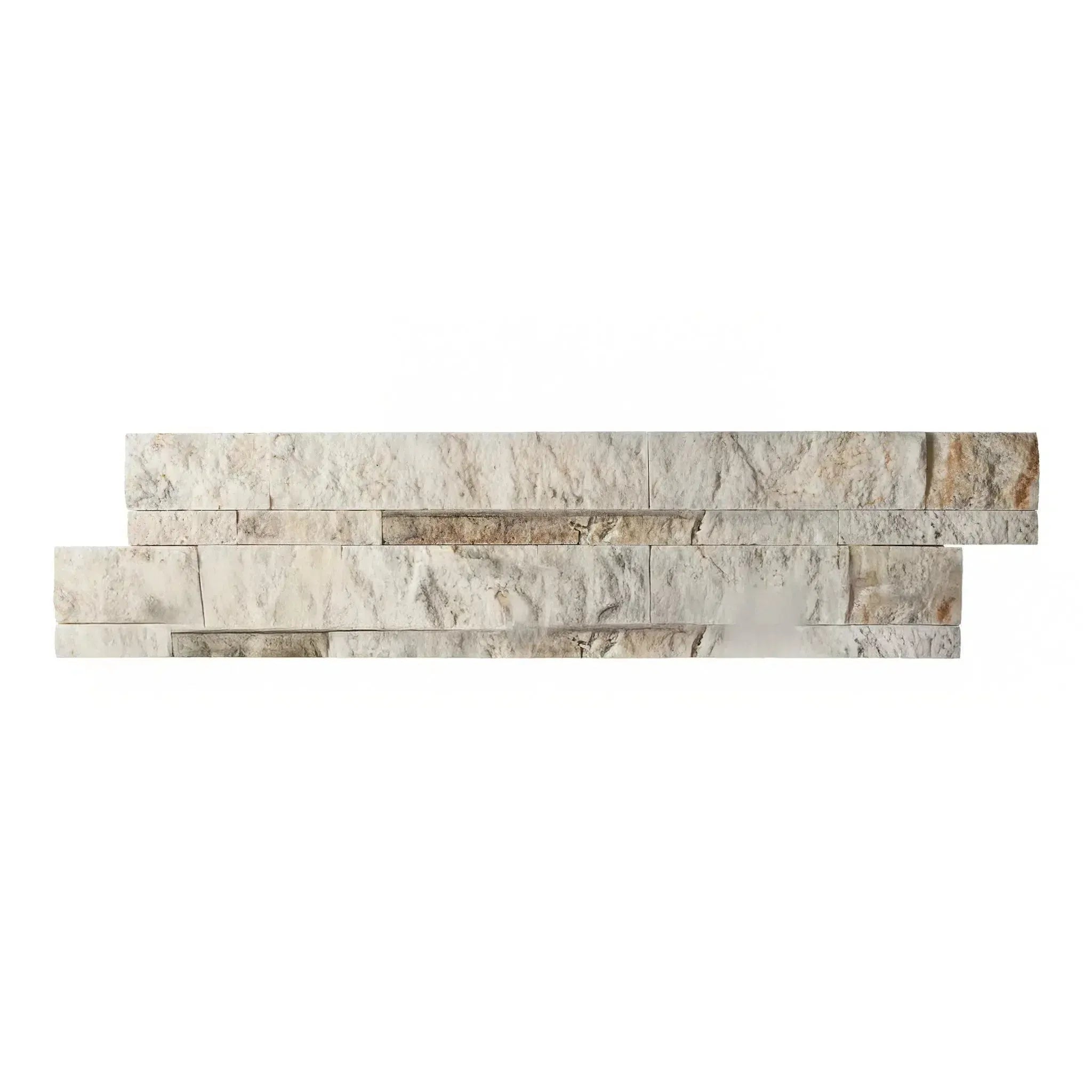 Split Face
Split Face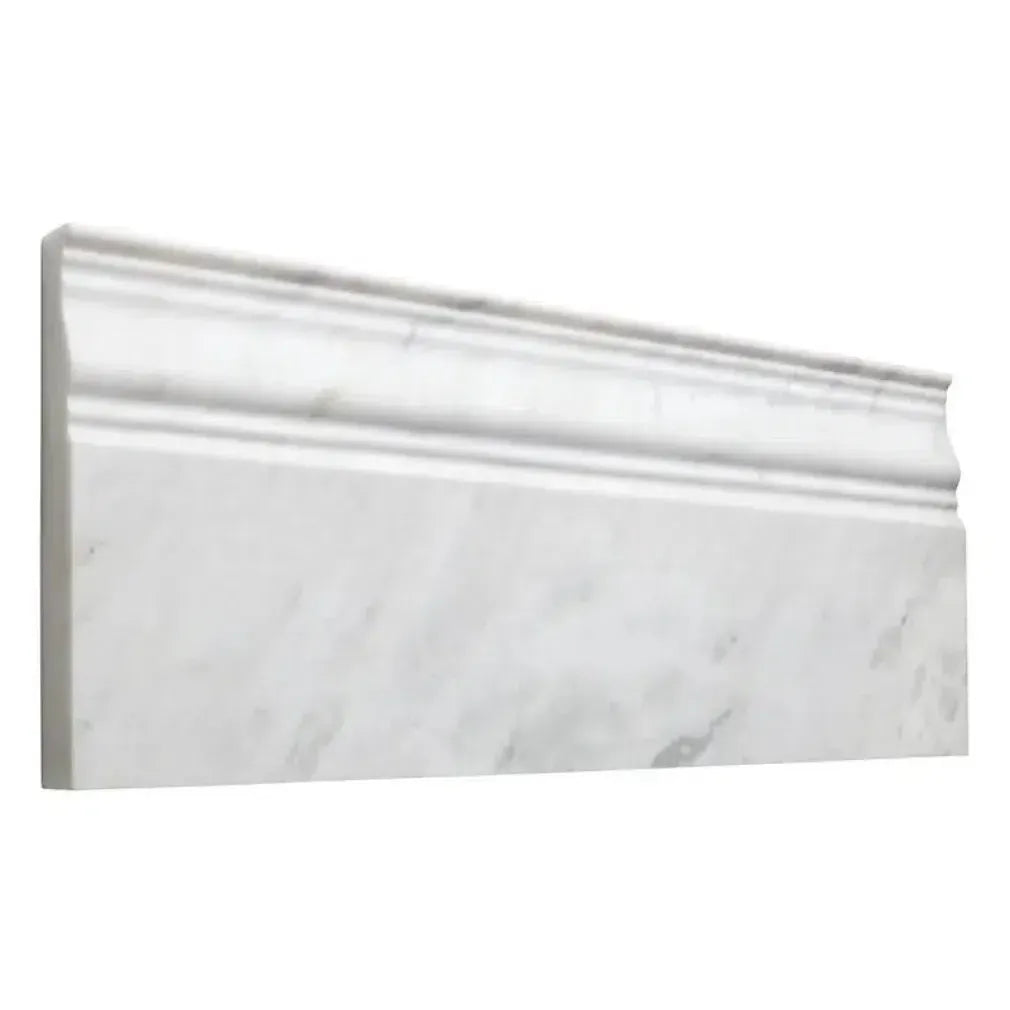 Textured
Textured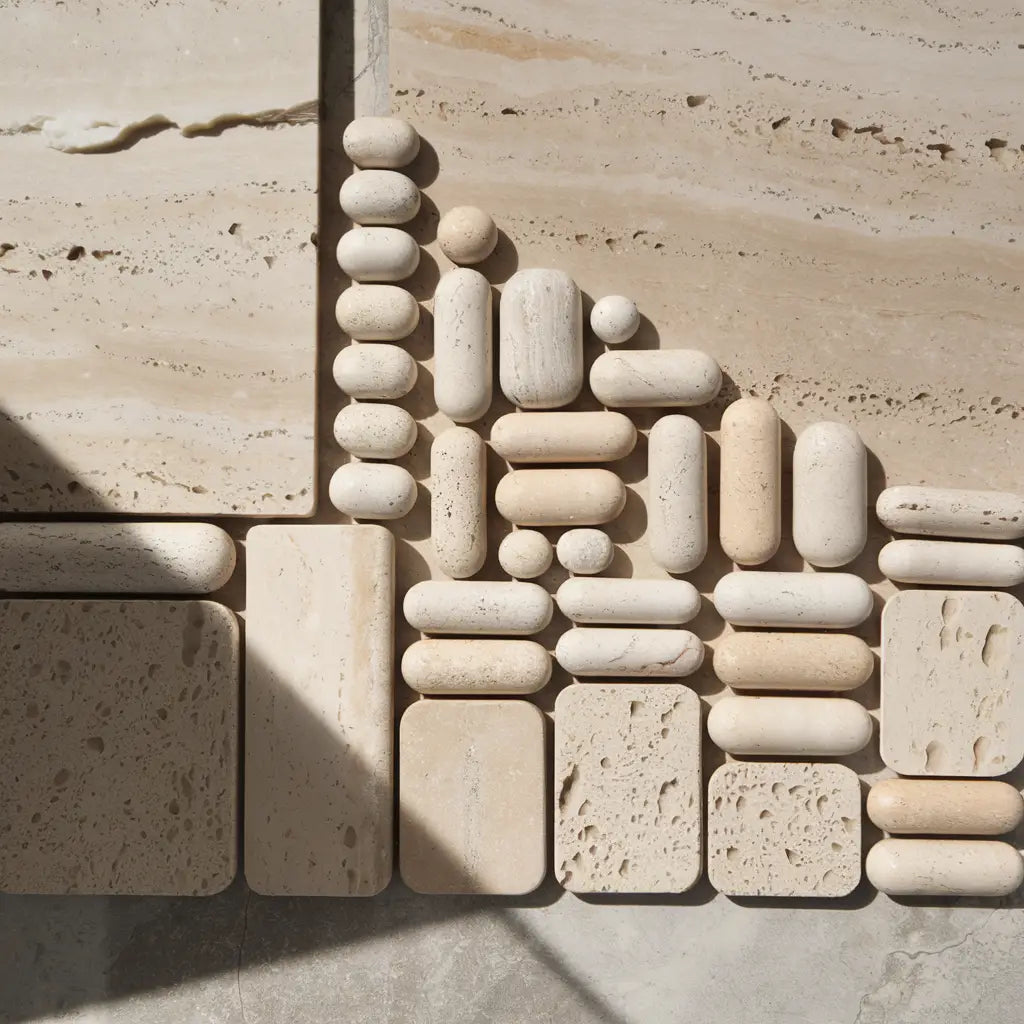 Tumbled
Tumbled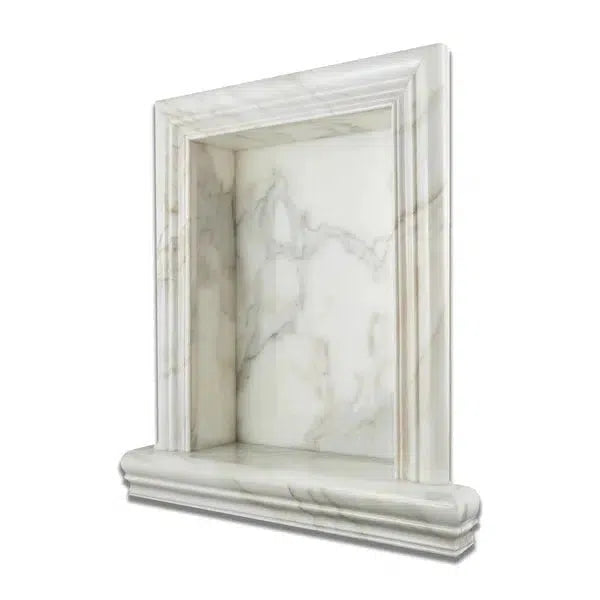 Accessories
Accessories
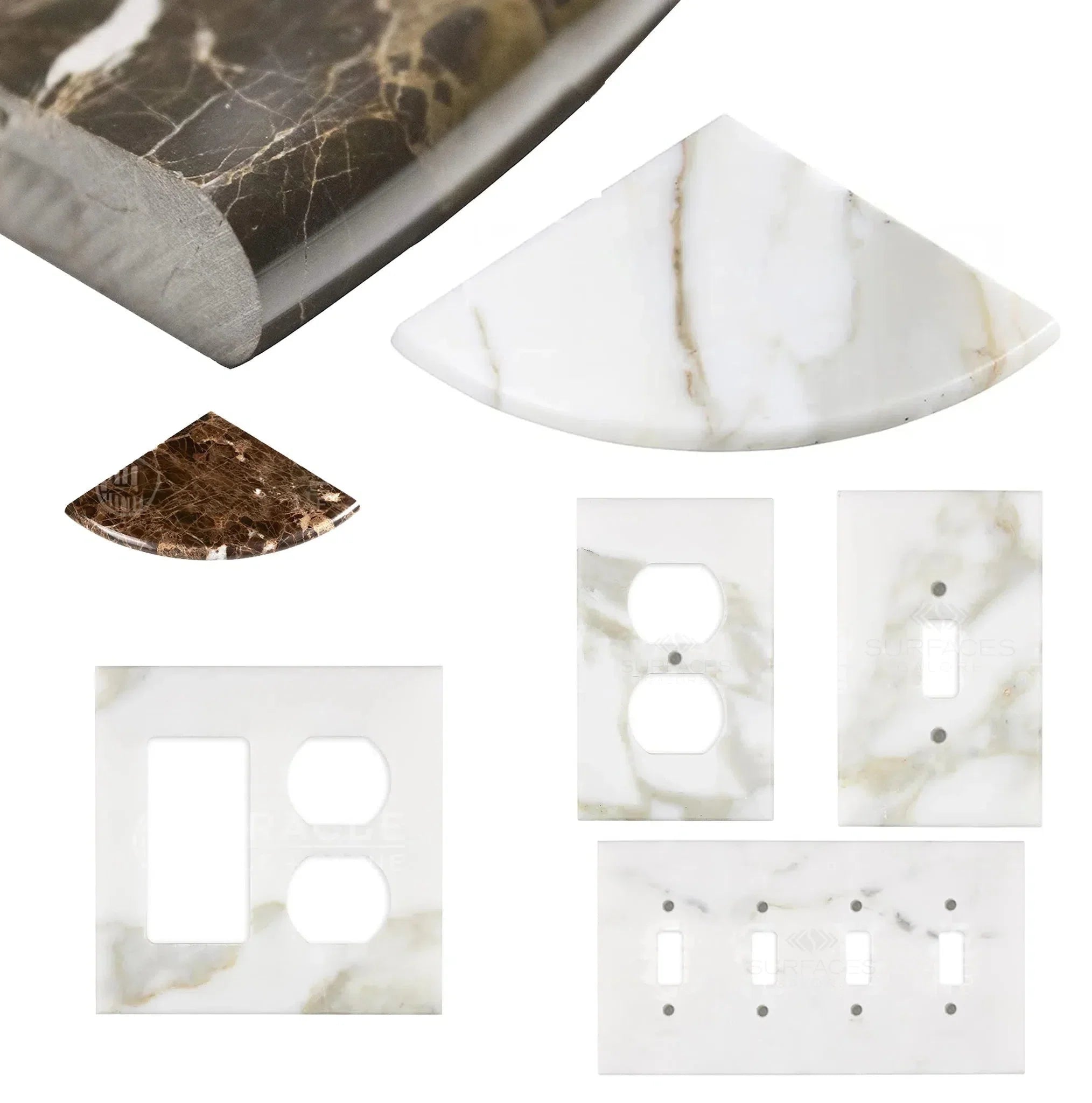 Wall Plate / Switch Plate
Wall Plate / Switch Plate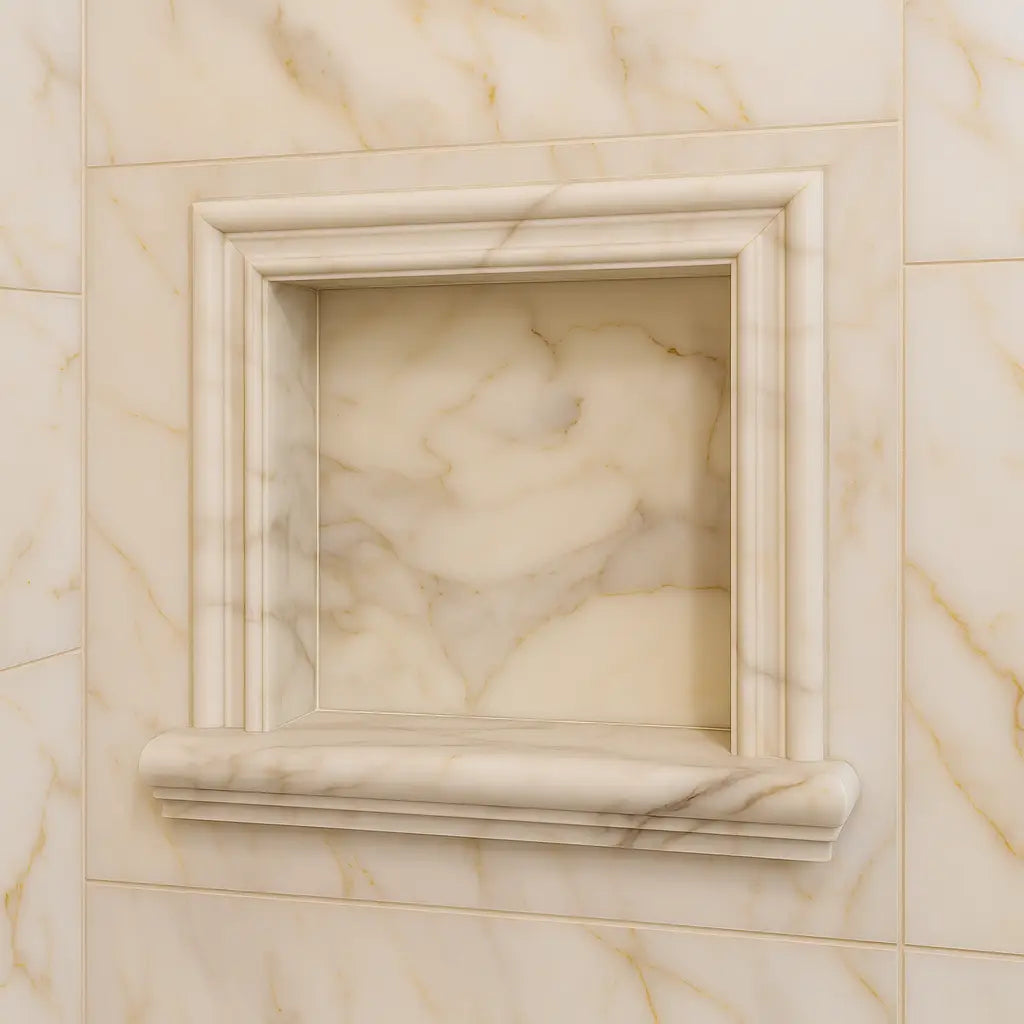 Shampoo Niche
Shampoo Niche Corner Shelf
Corner Shelf Clearance
Clearance





Leave a comment